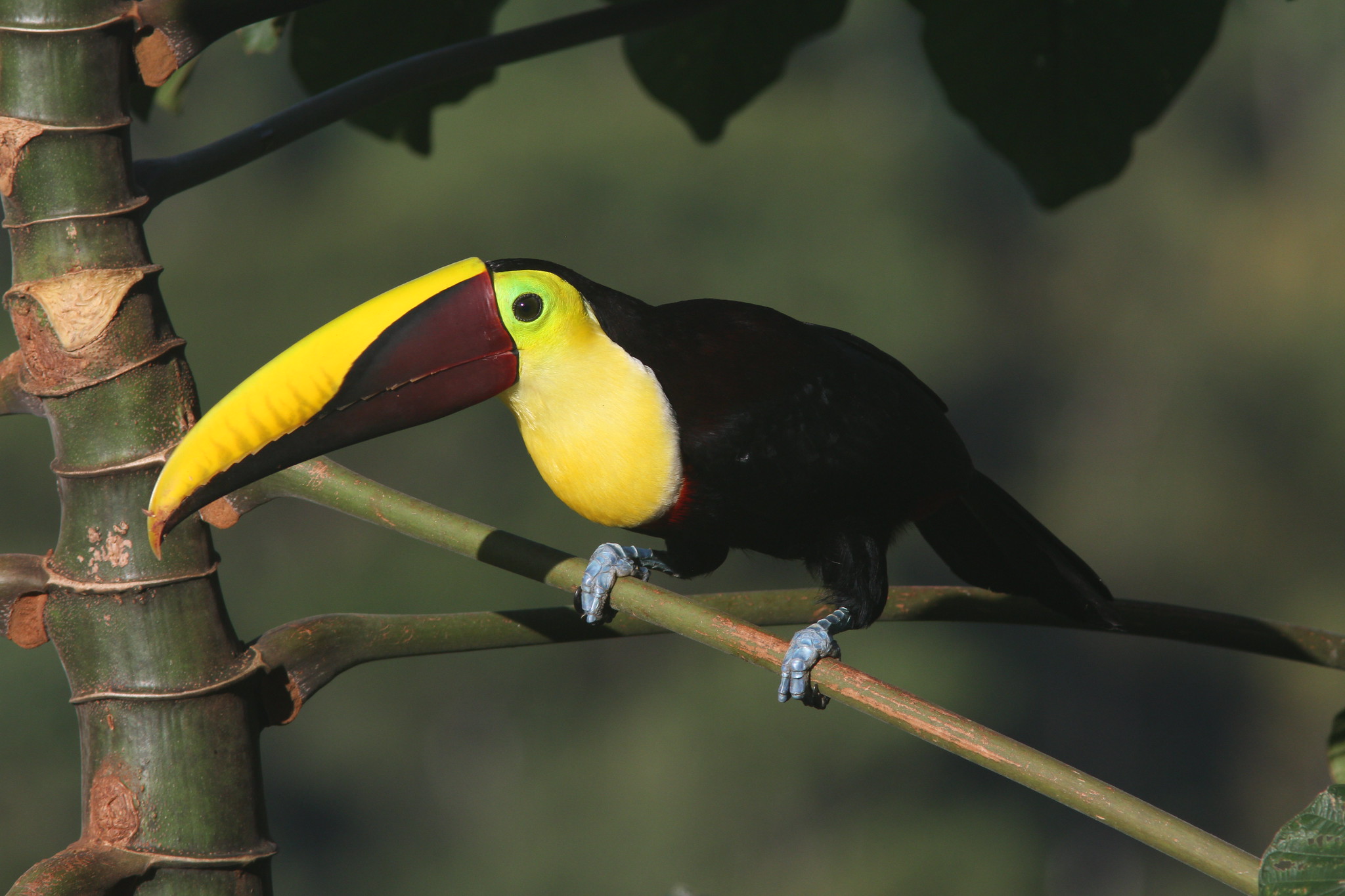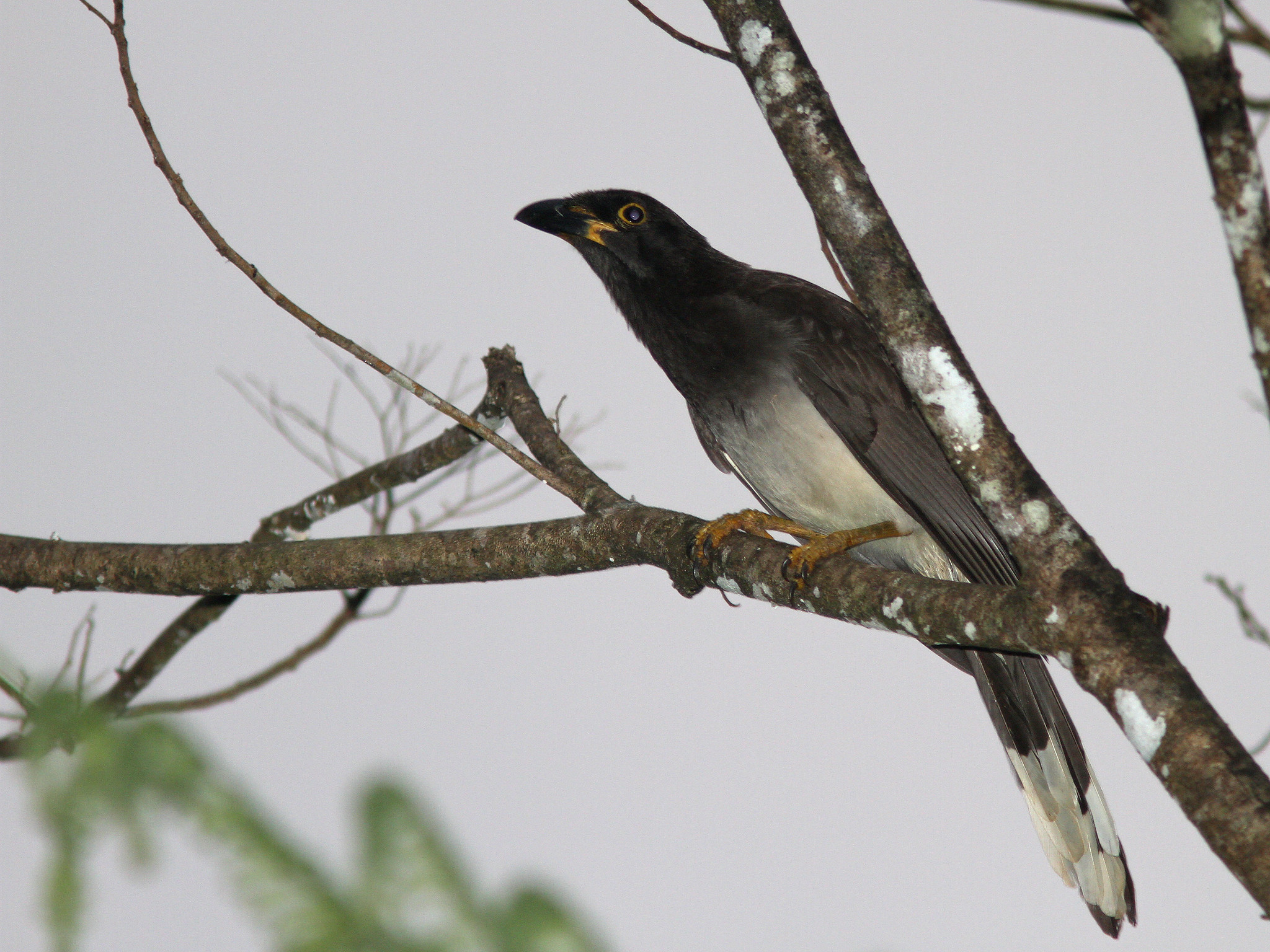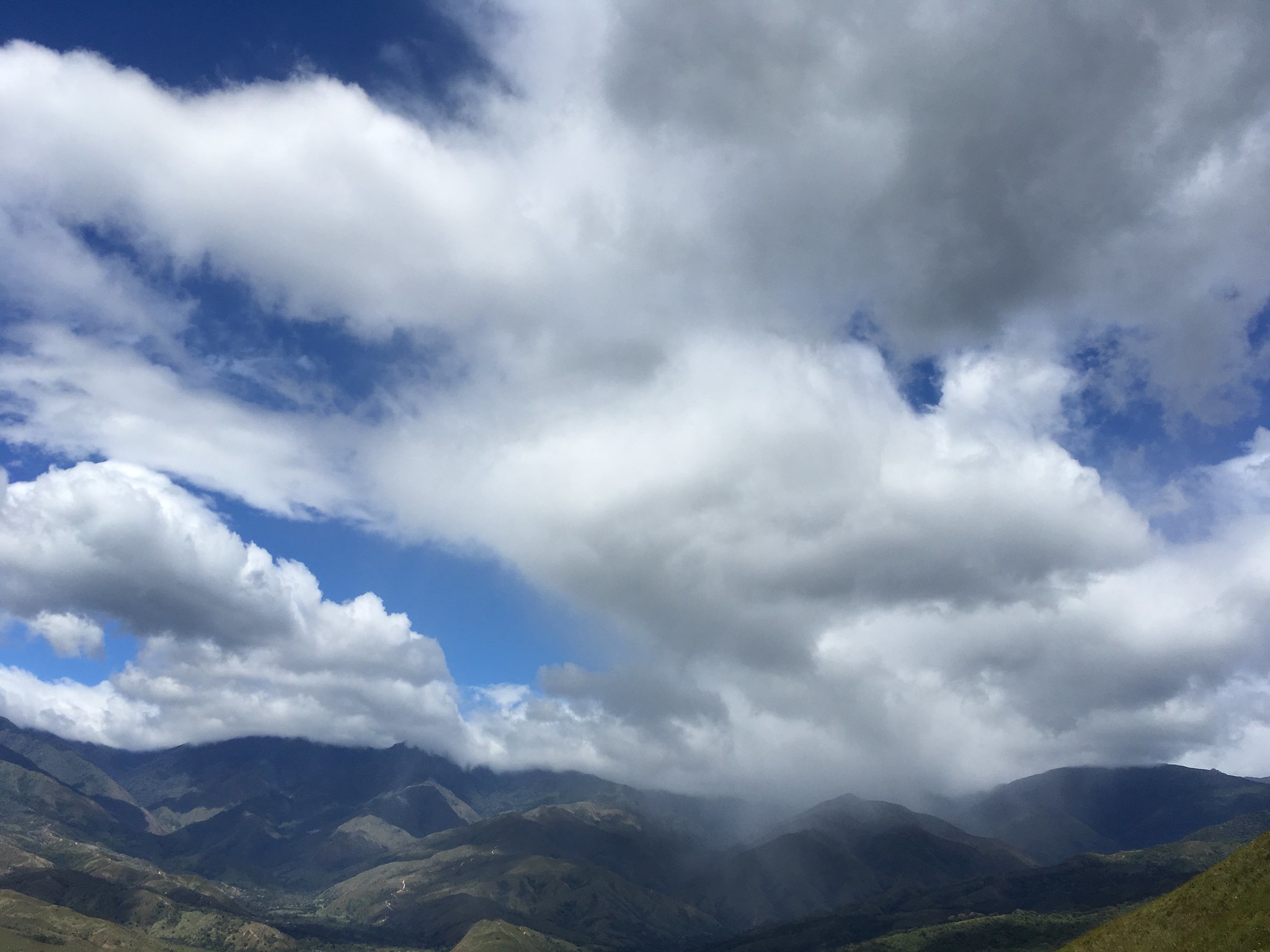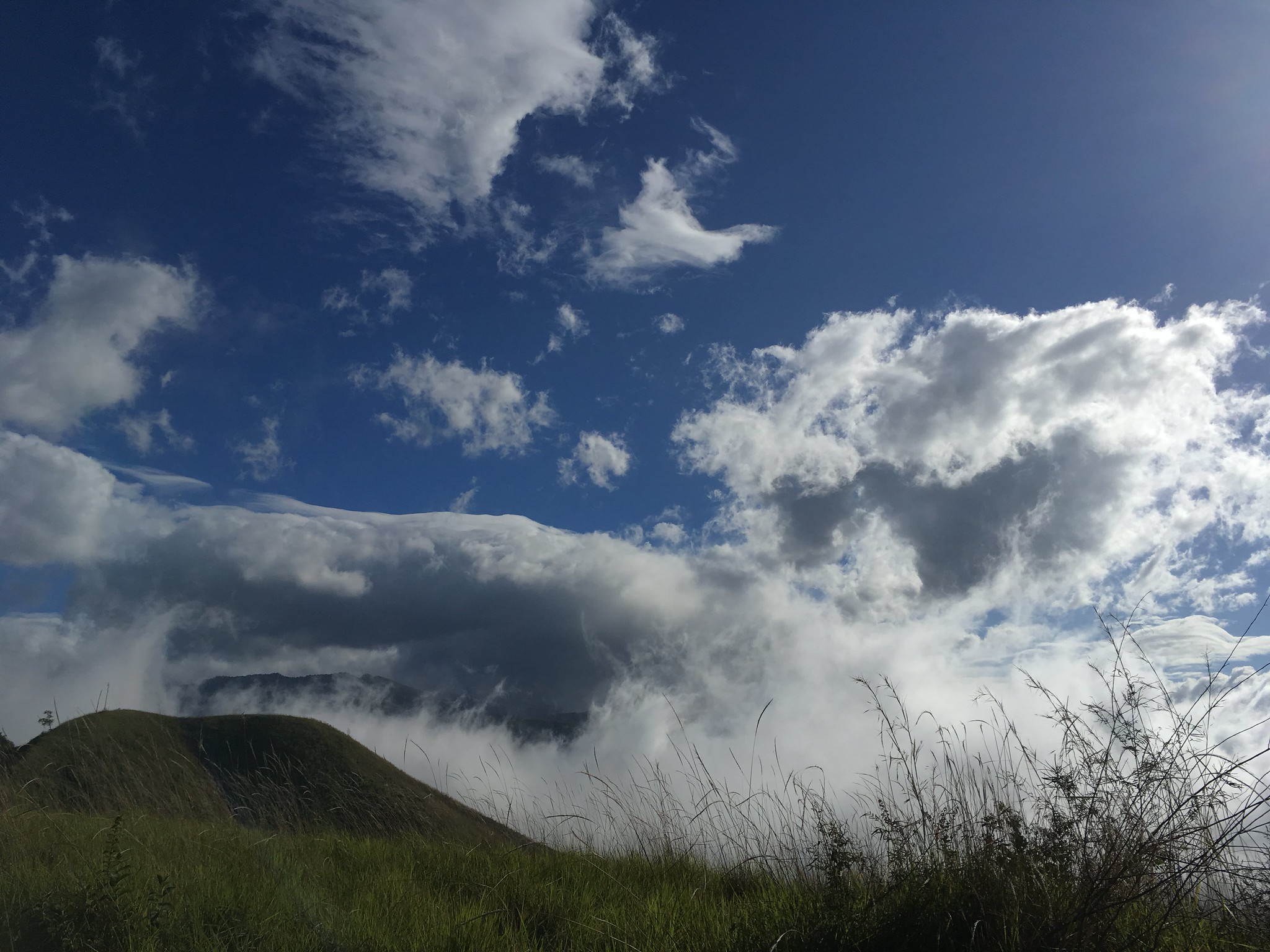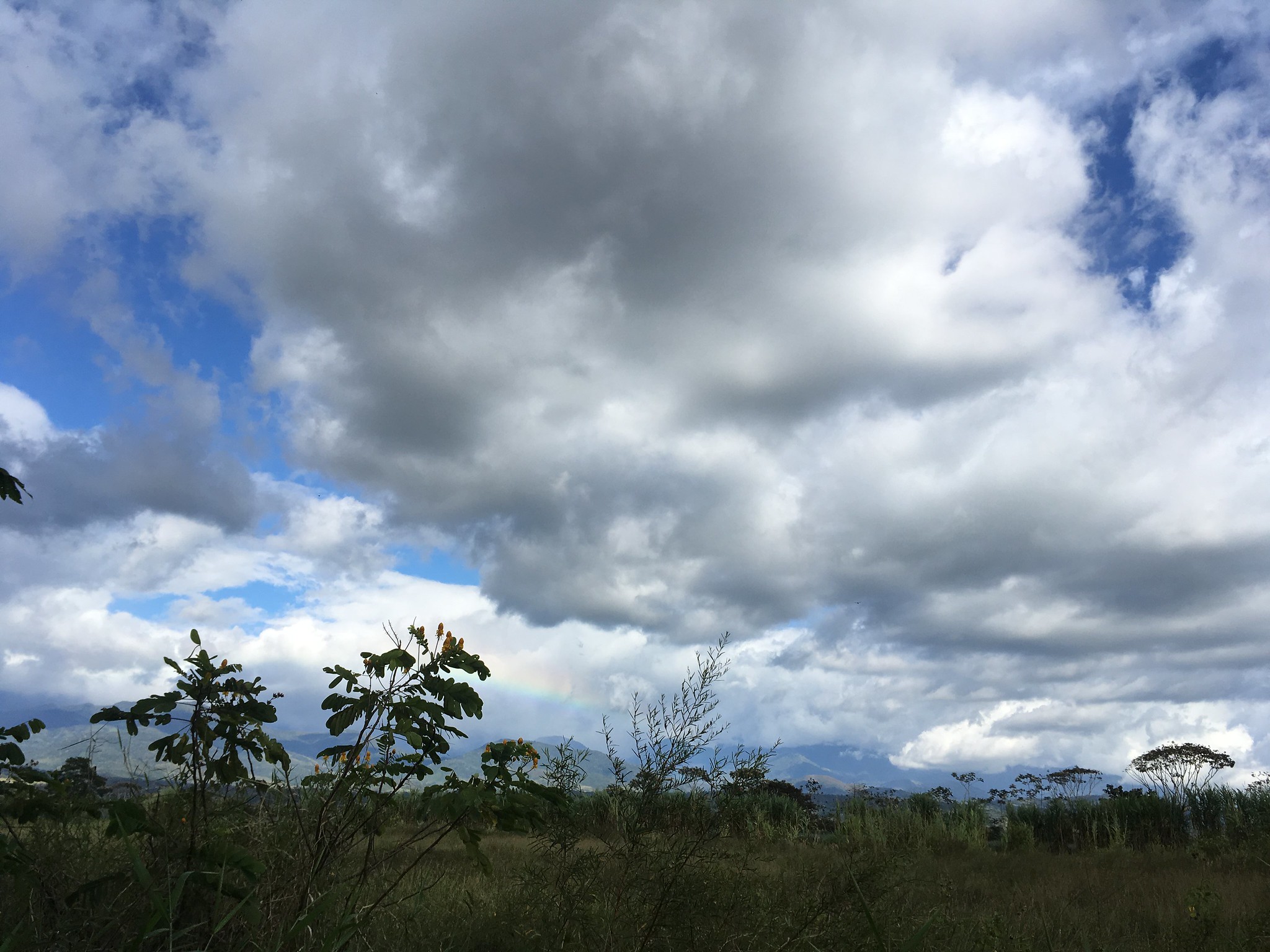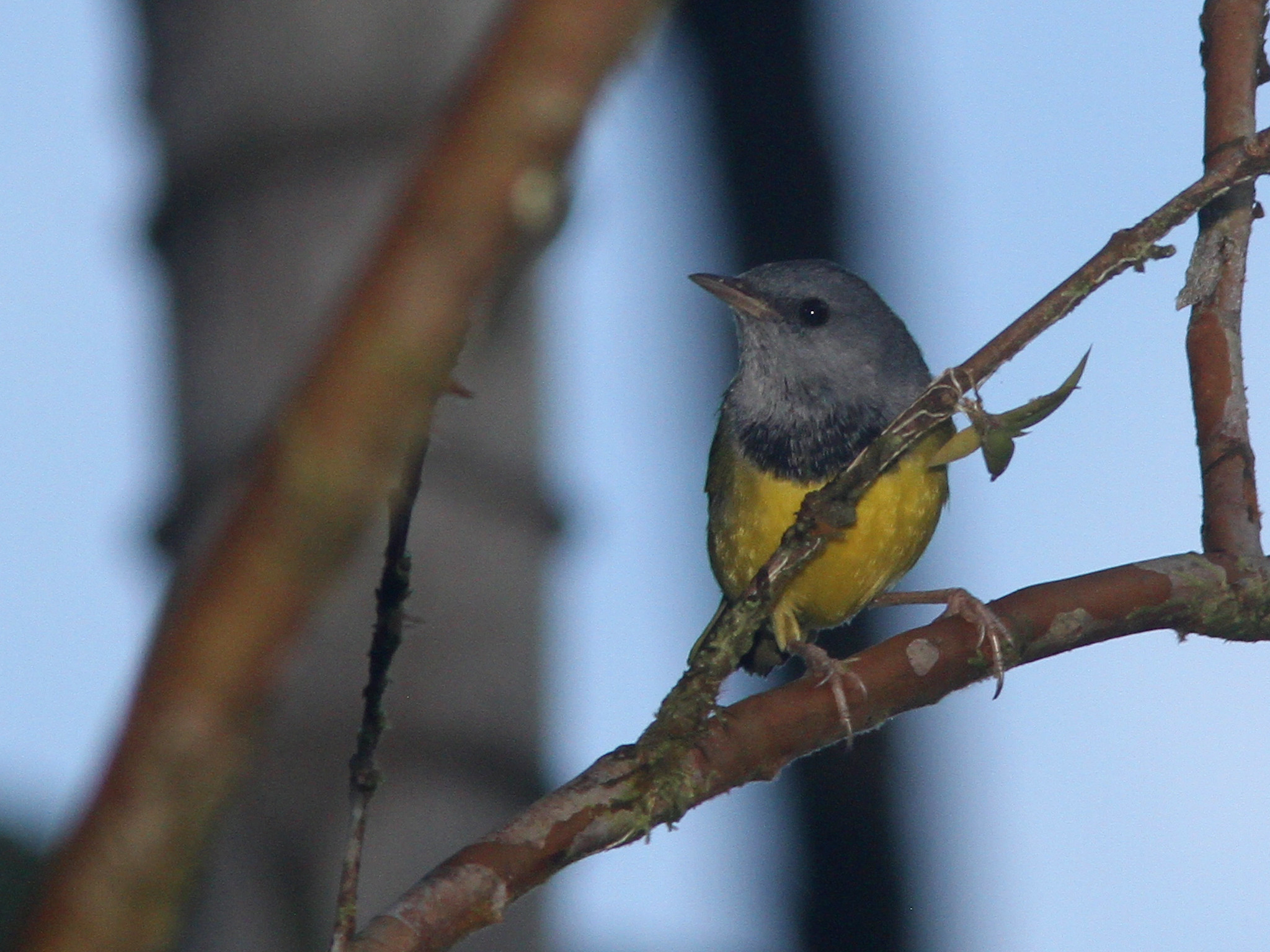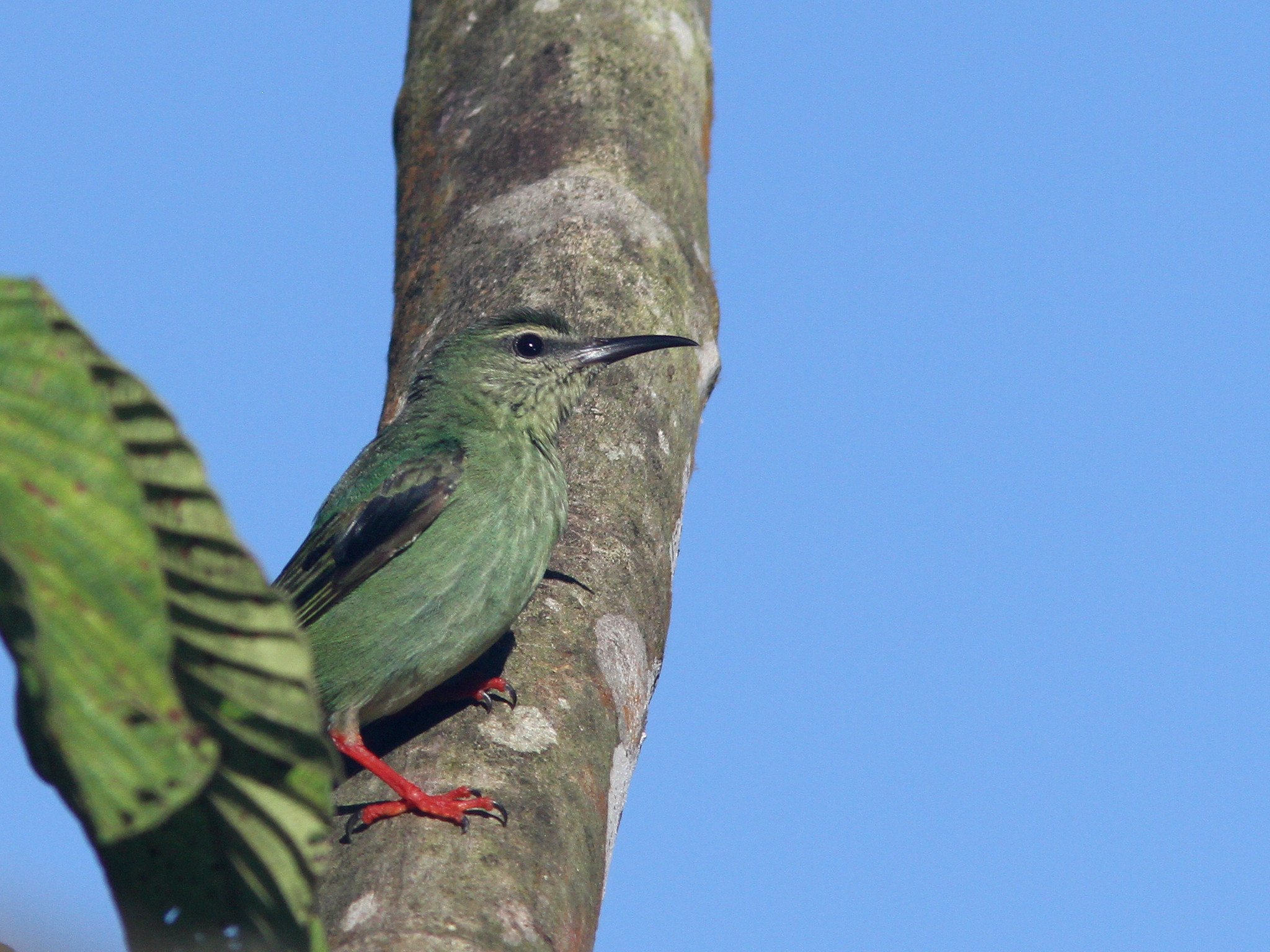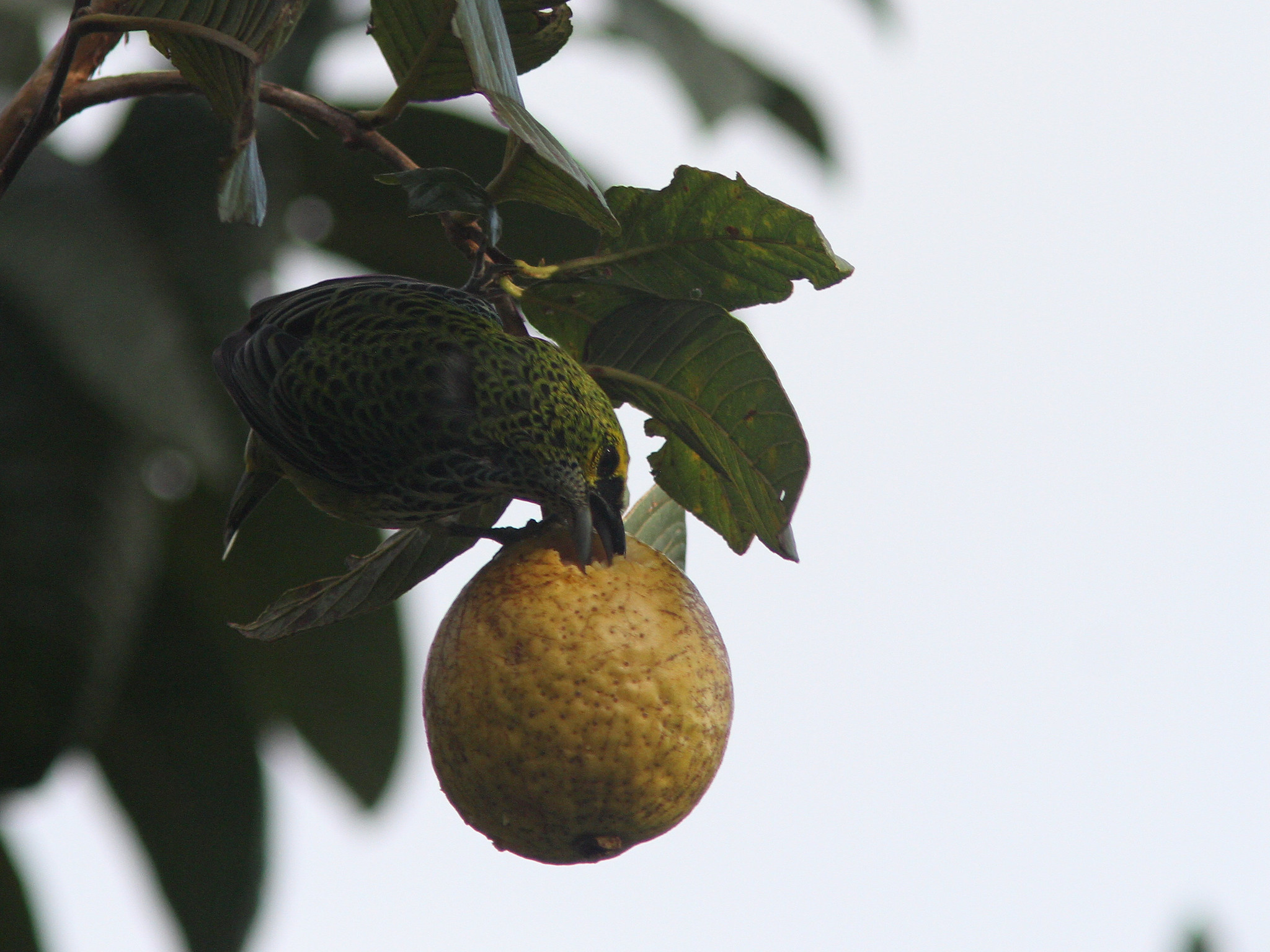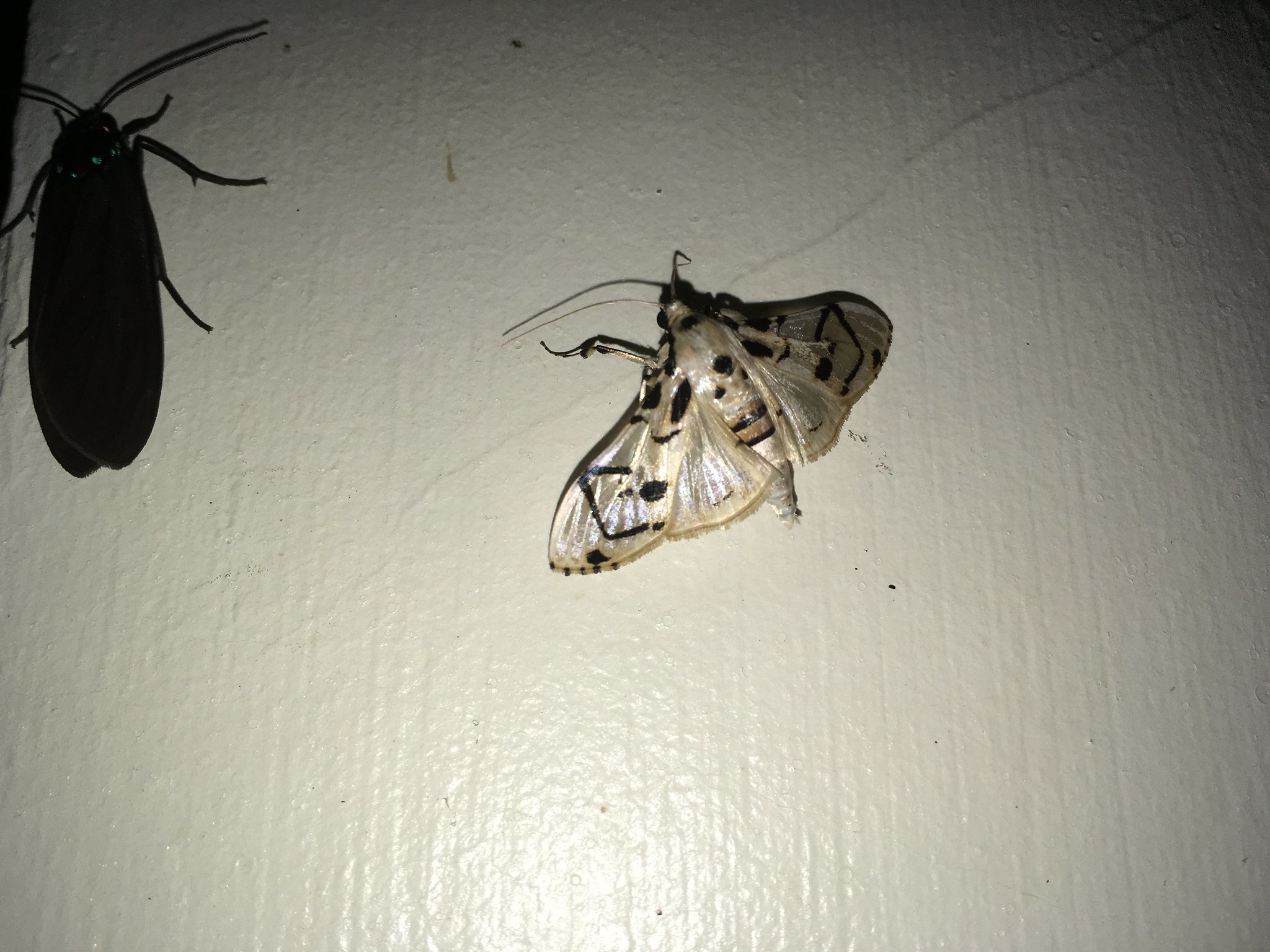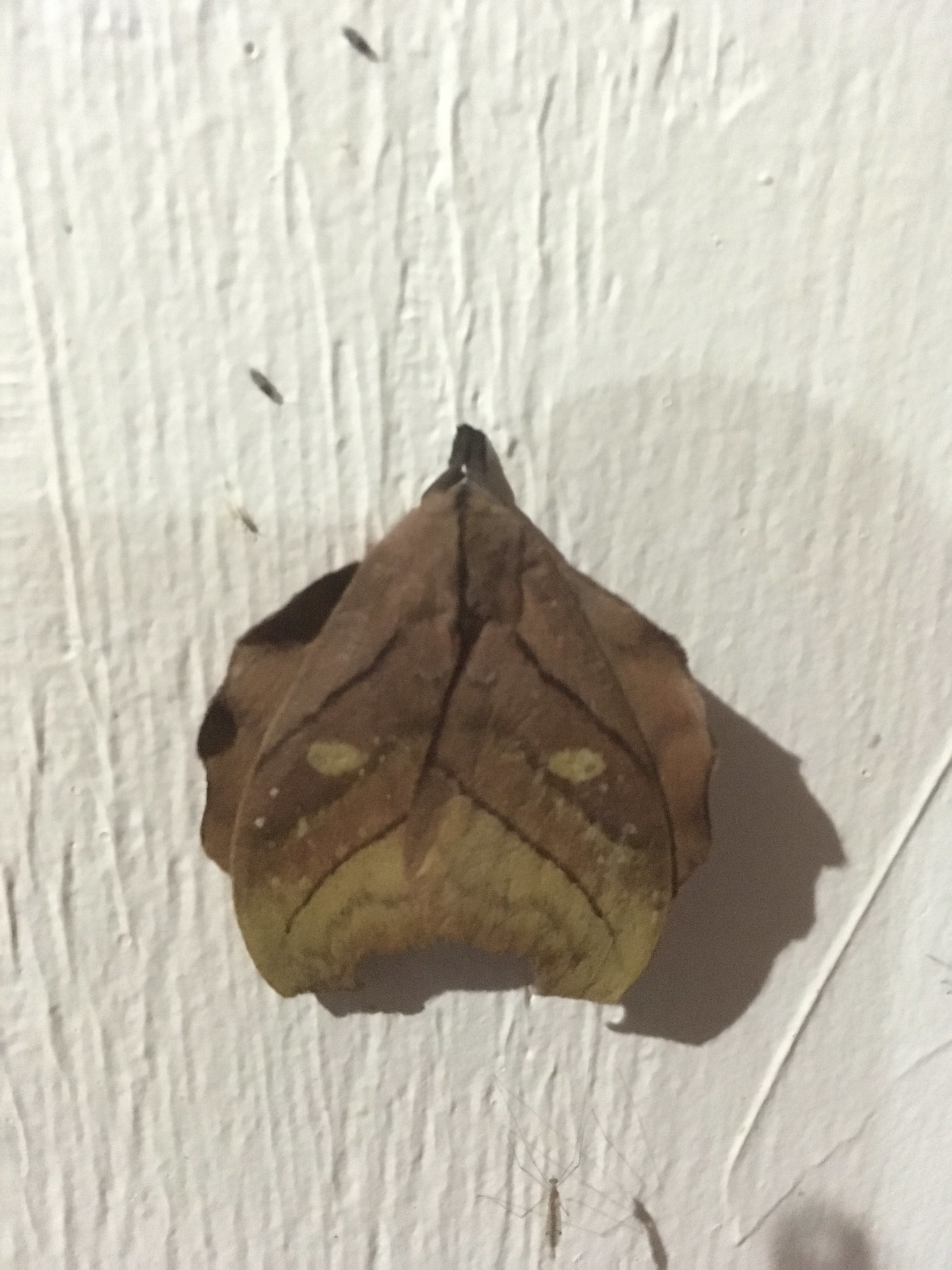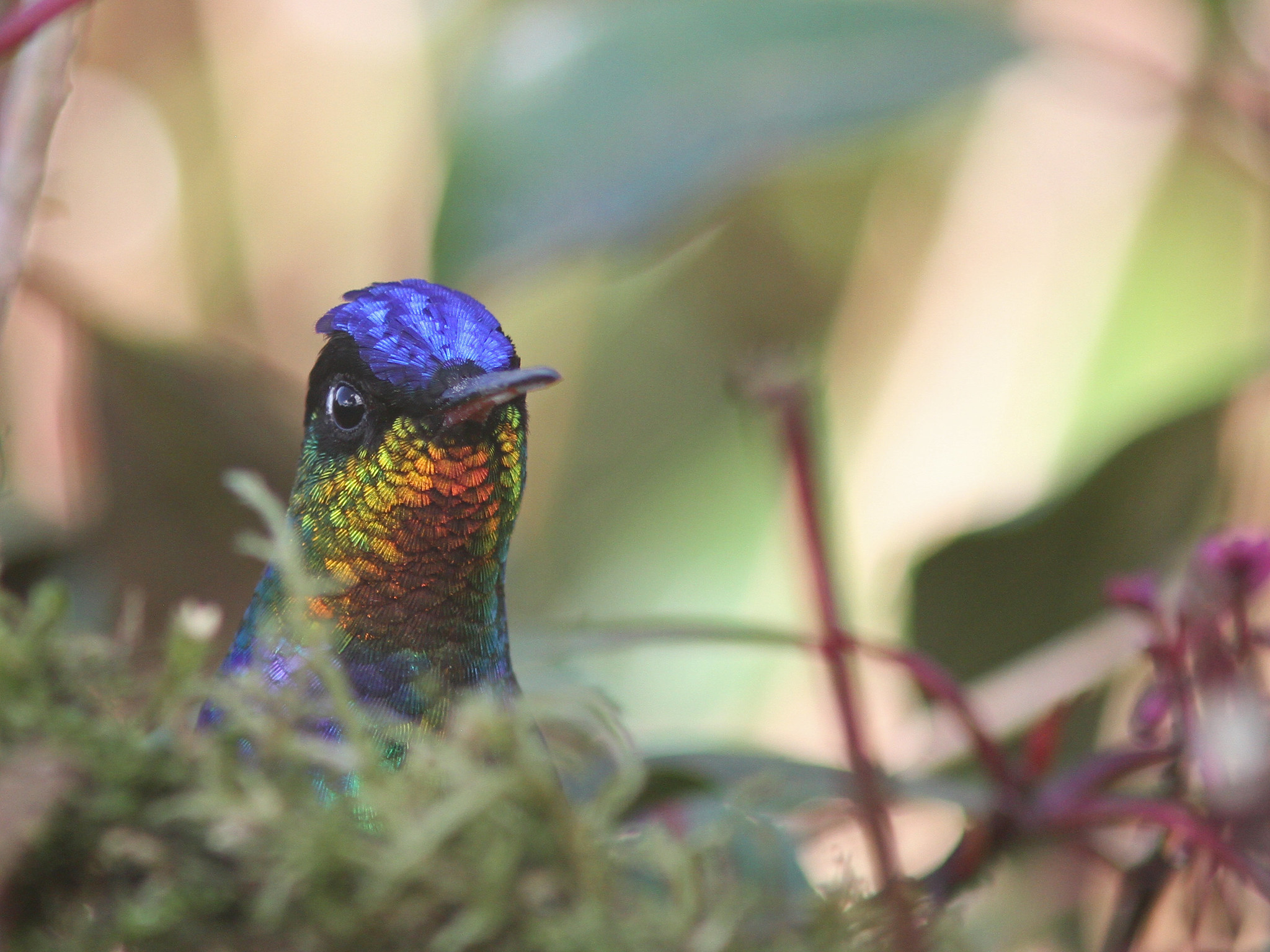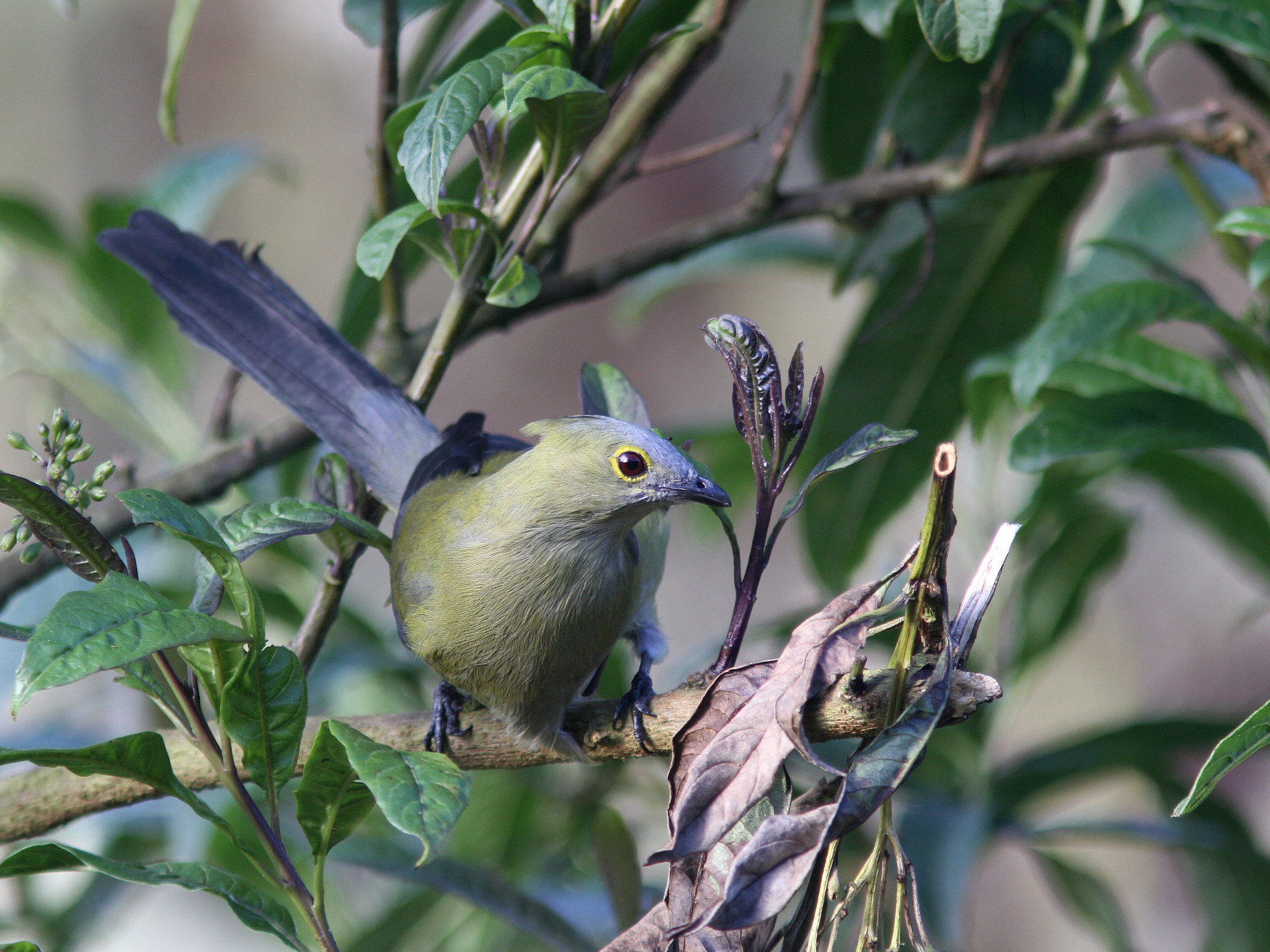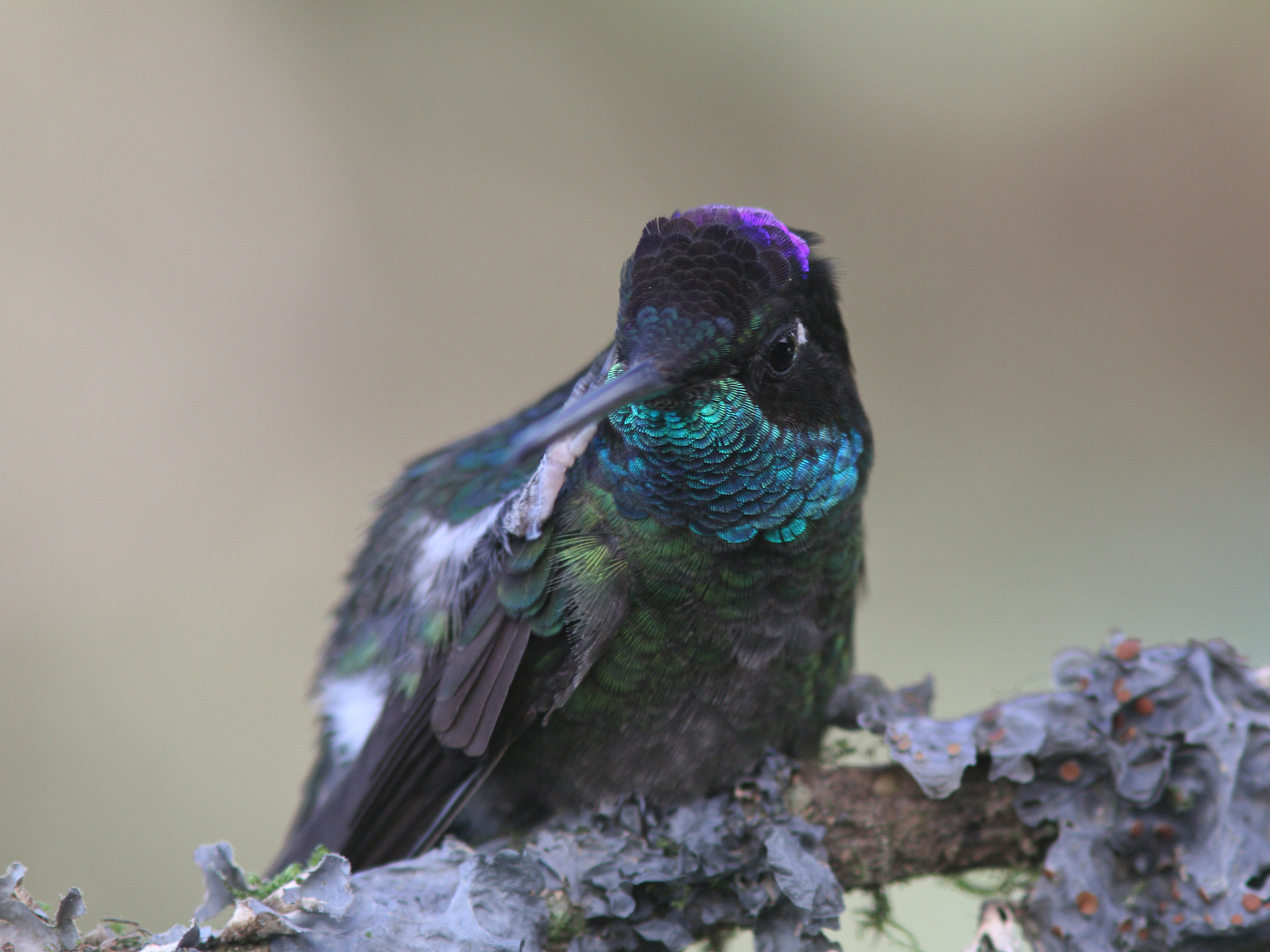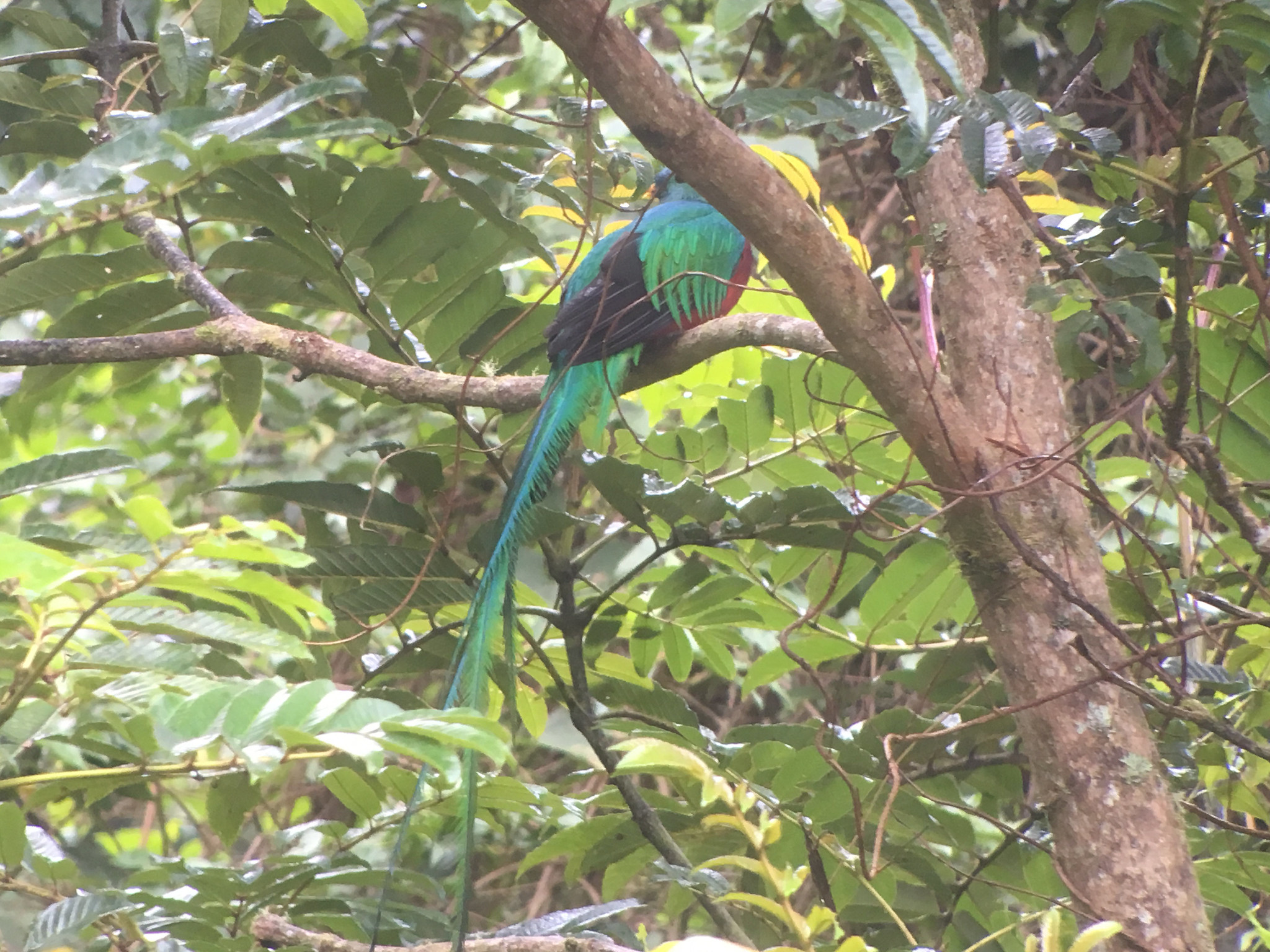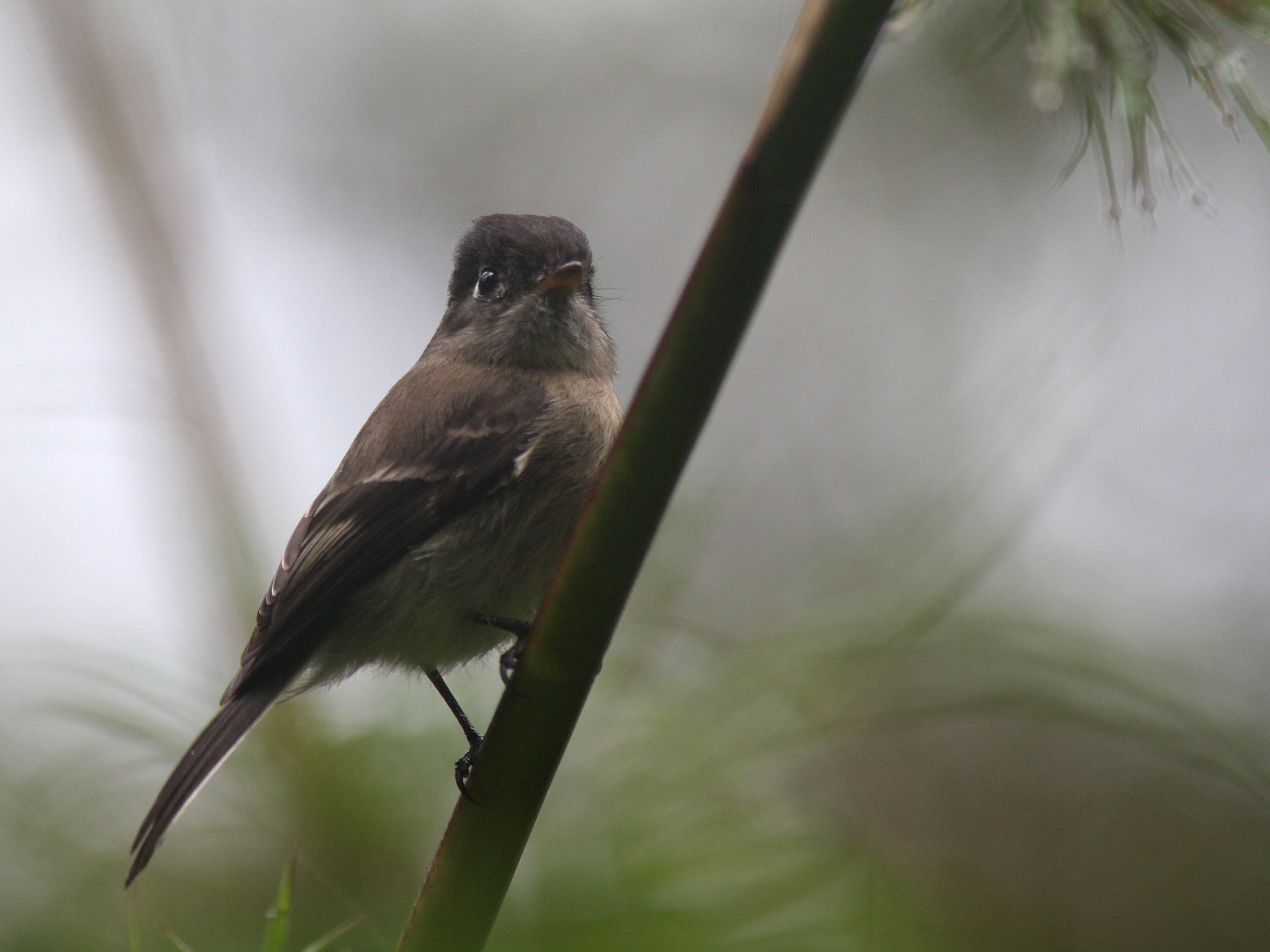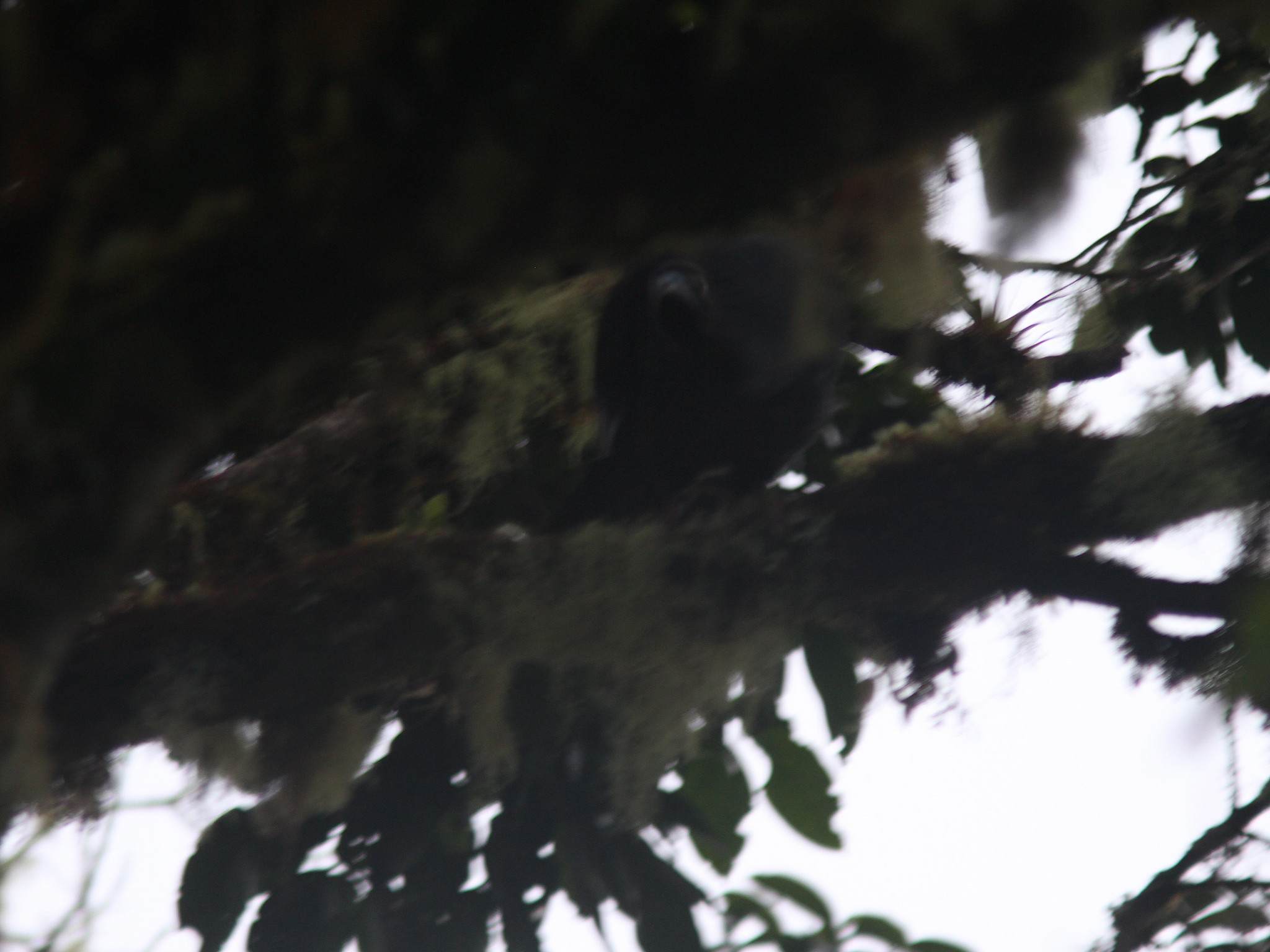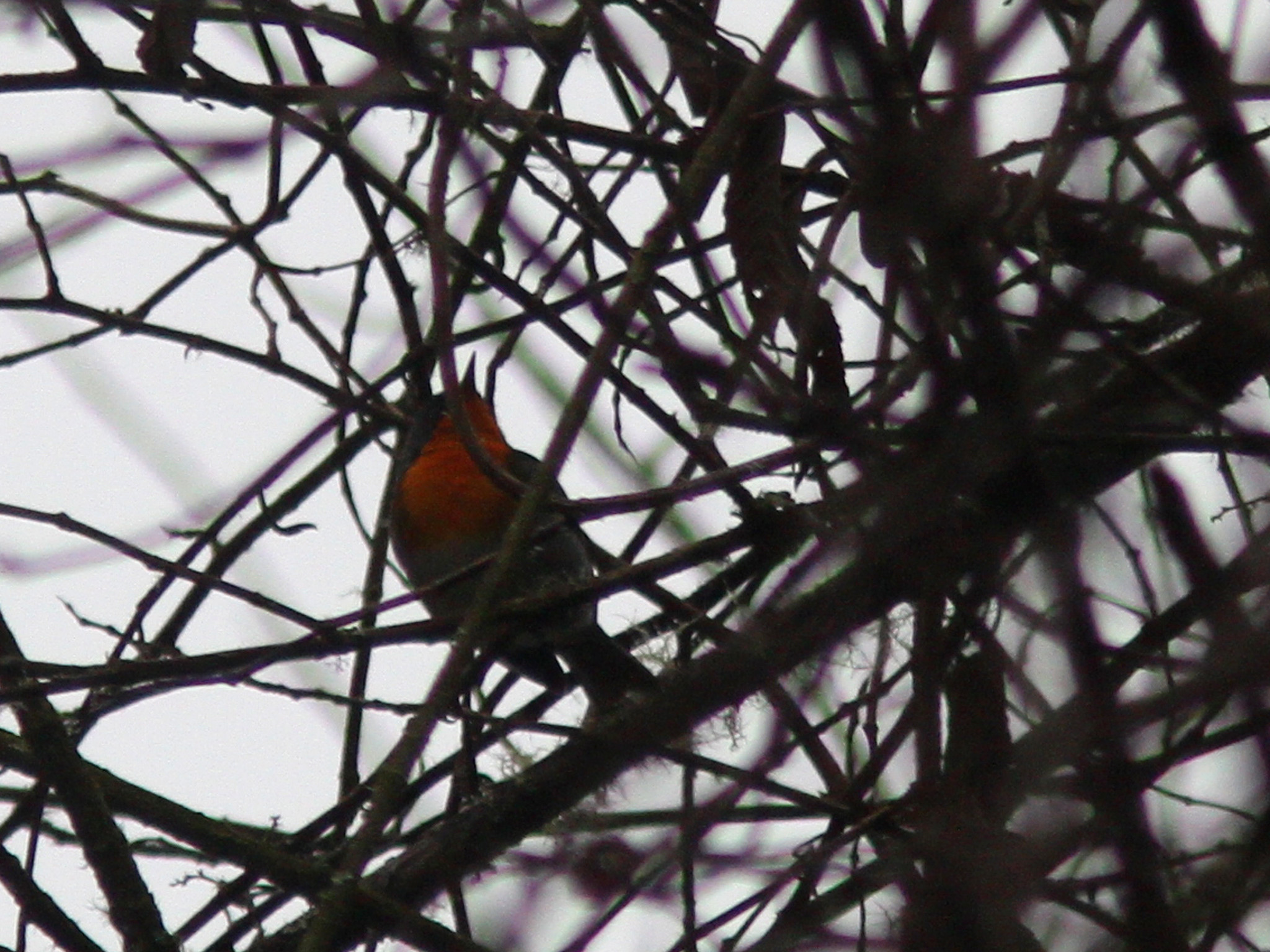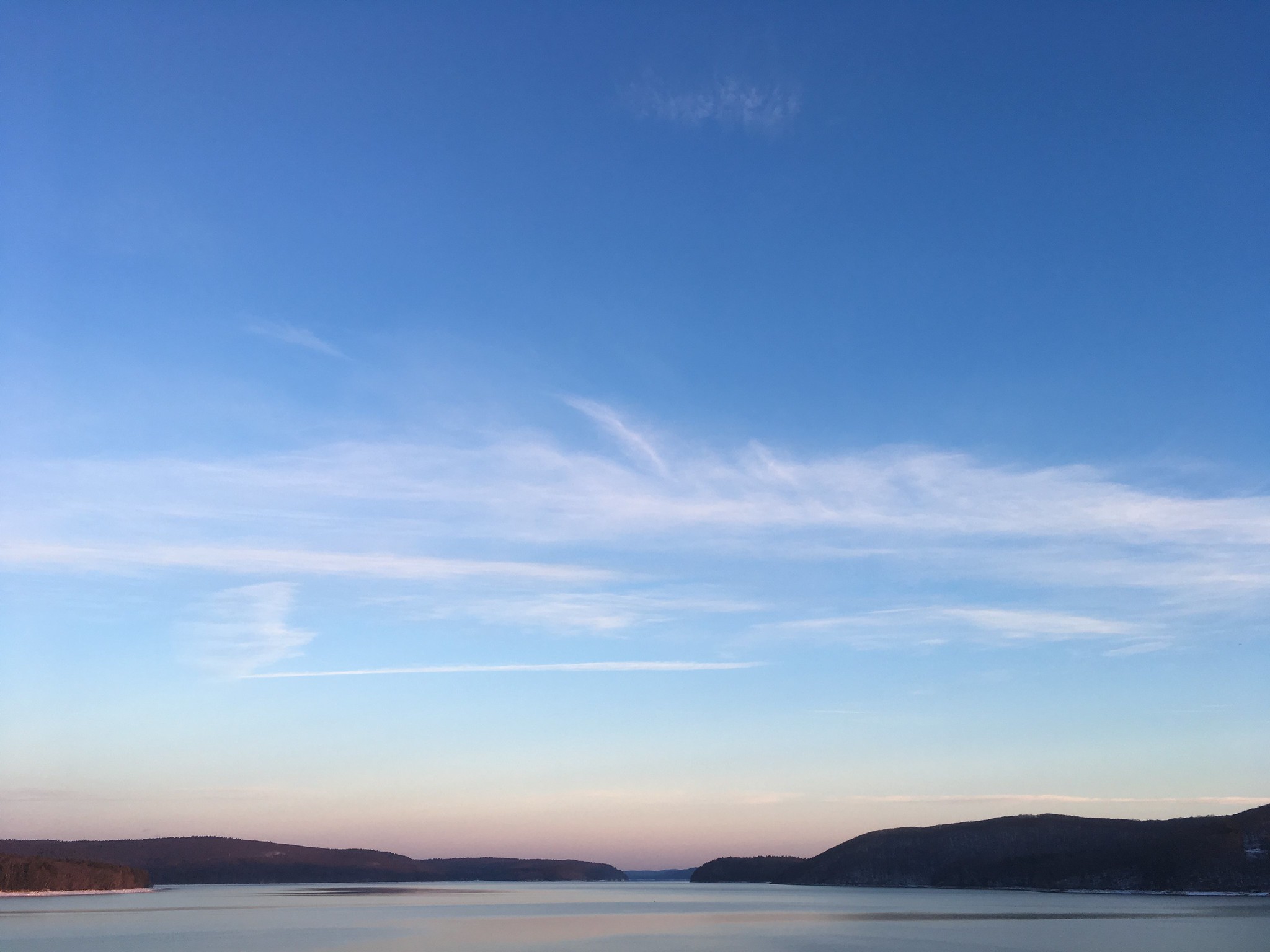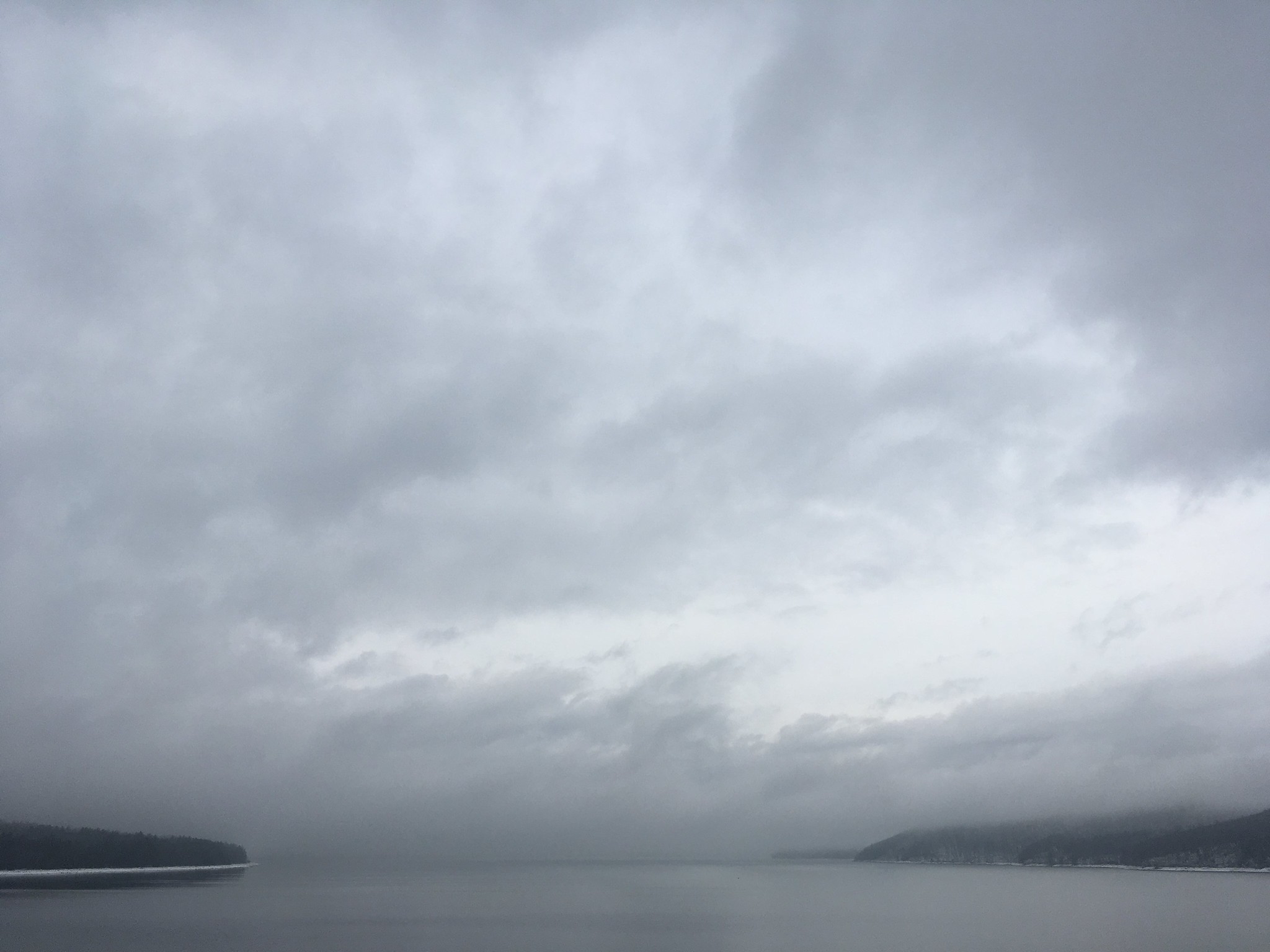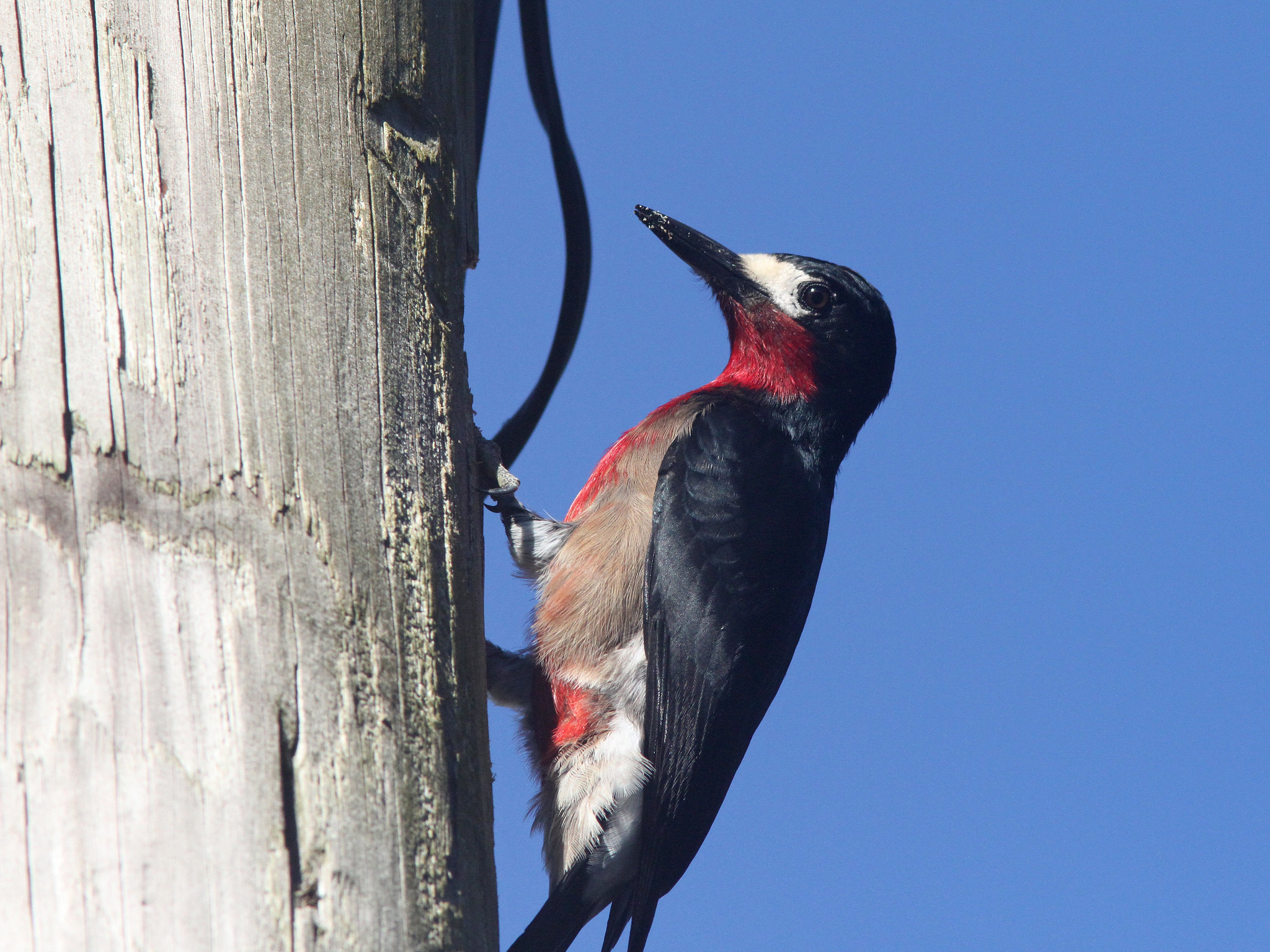 |
| Puerto Rican Woodpecker, Bosque Estatal de Maricao, Puerto Rico, Dec 4, 2016 |
I just returned from a brief trip down to Puerto Rico on Monday after five days
there. The island contains 17 endemic species and I found all of them (I have
marked the endemic species with an 'E'). I arrived midday into San Juan on December 1st and
then drove over to the Fajardo area with a brief stop along the way to El Yunque
National Forest. Although it was late in the day and I only covered a couple
areas briefly I still managed to add six life birds including Greater Antillean
Grackle, Red legged Thrush, Puerto Rican Emerald (E), Puerto Rican Woodpecker
(E), Puerto Rican Bullfinch (E) and Black whiskered Vireo.
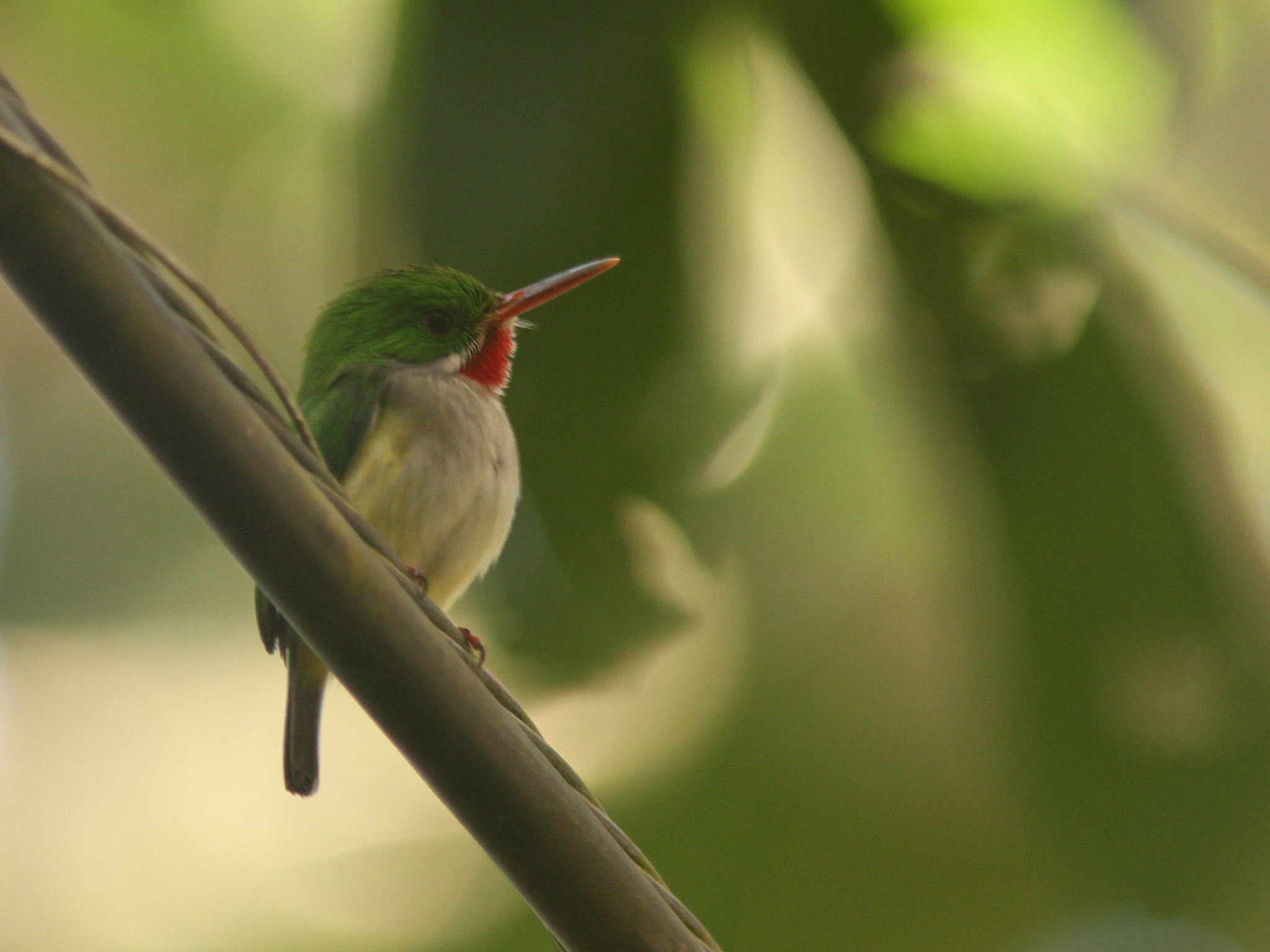 |
| Puerto Rican Tody, PR 983 at PR 988, Puerto Rico, Dec 2, 2016 |
 |
| Scaly naped Pigeon, Ceiba-Roosevelt Roads Naval Station, Puerto Rico, Dec 2, 2016 |
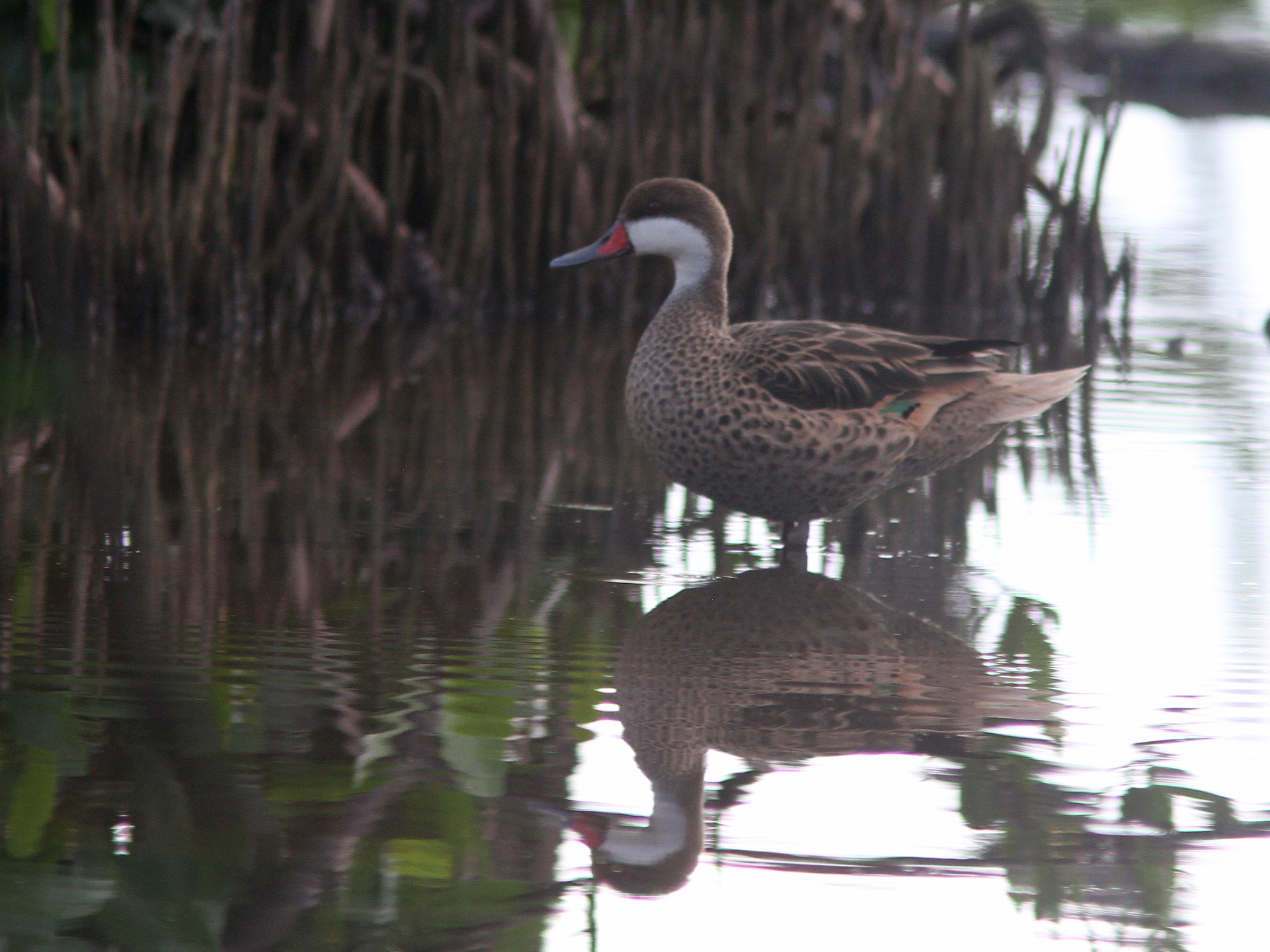 |
| White cheeked Pintail, Ceiba-Roosevelt Roads Naval Station, Puerto Rico, Dec 2, 2016 |
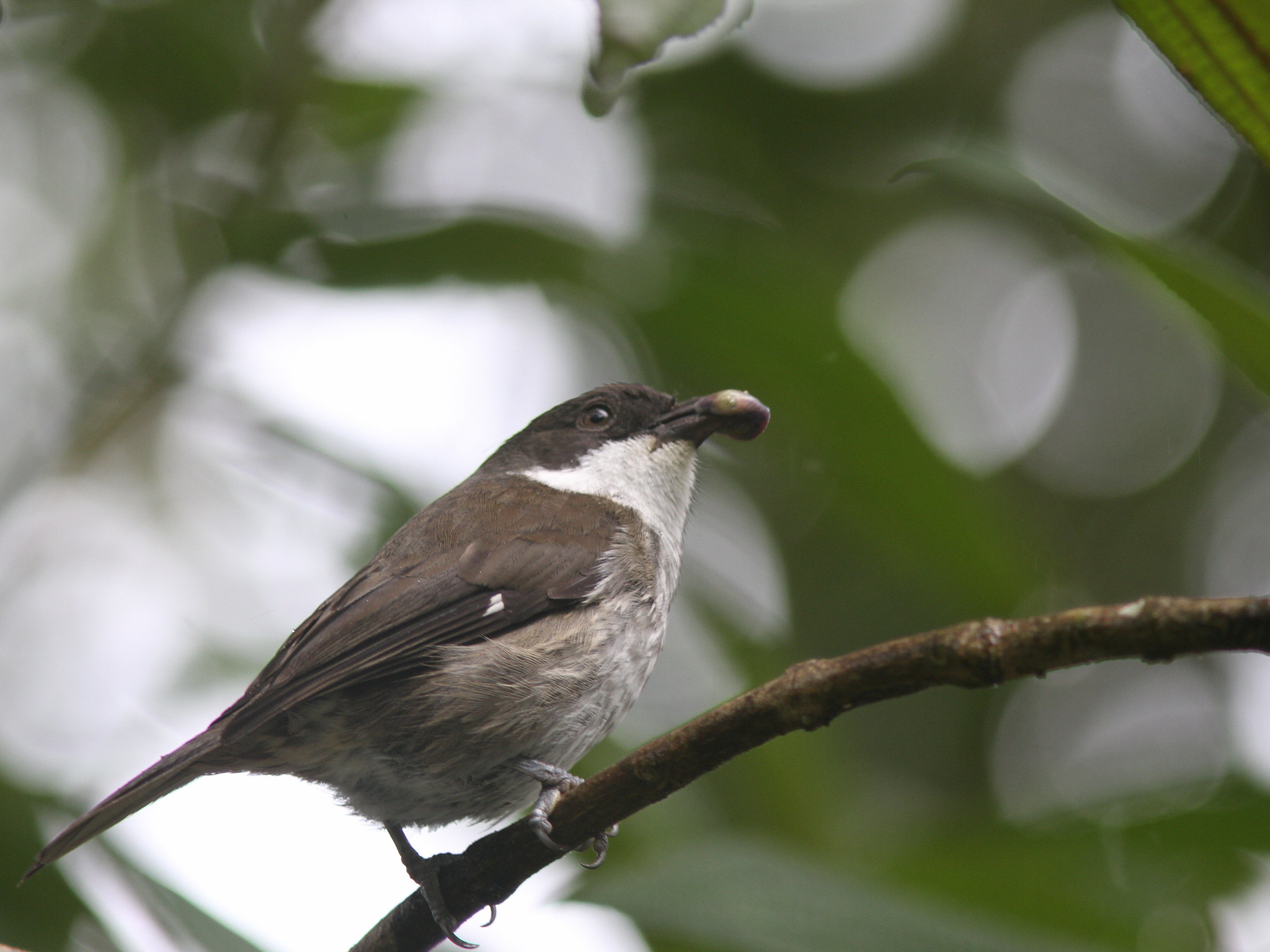 |
| Puerto Rican Tanager, Bosque Nacional El Yunque, Puerto Rico, Dec 2, 2016 |
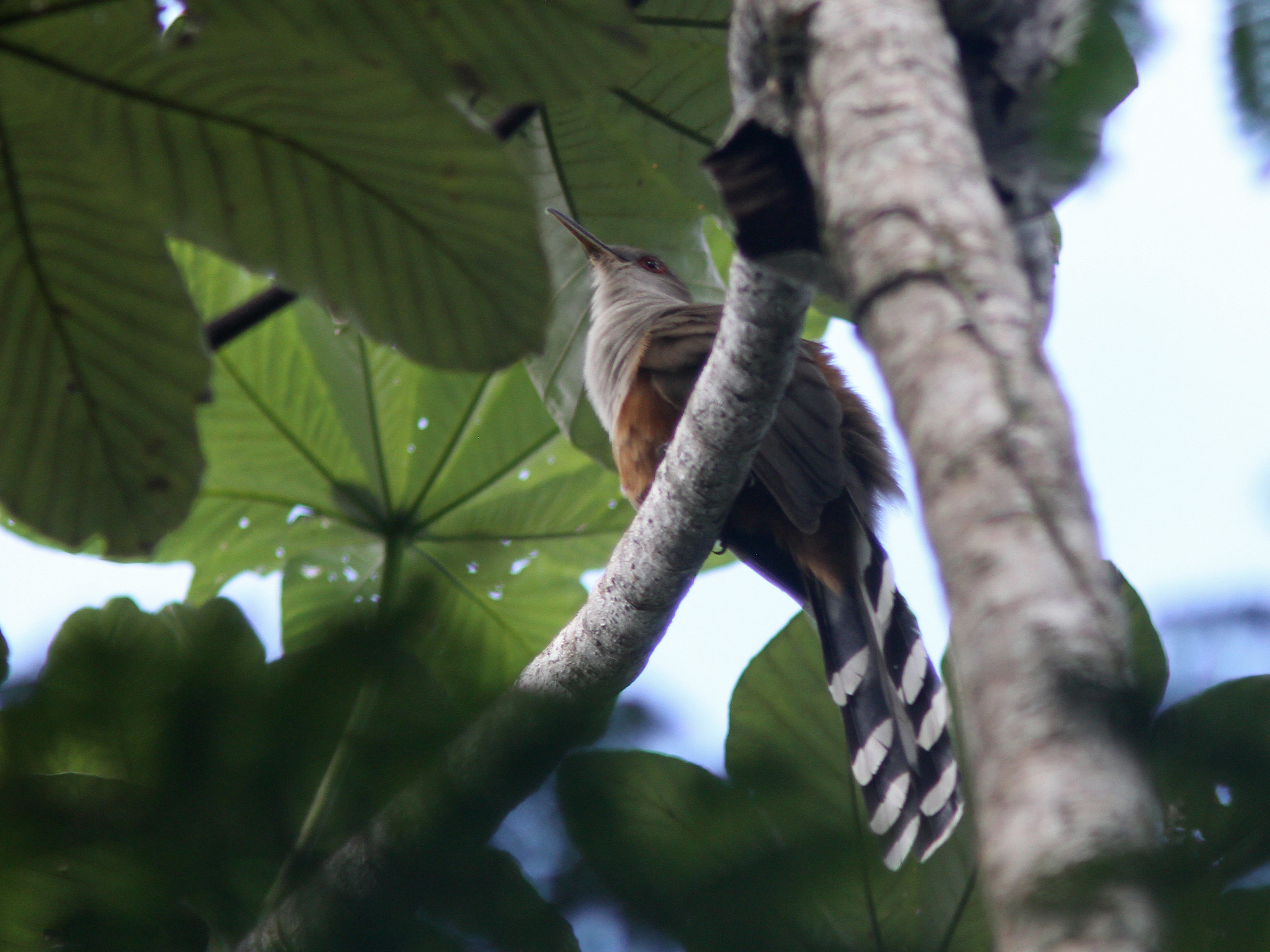 |
| Puerto Rican Lizard Cuckoo, Bosque Nacional El Yunque, Puerto Rico, Dec 2, 2016 |
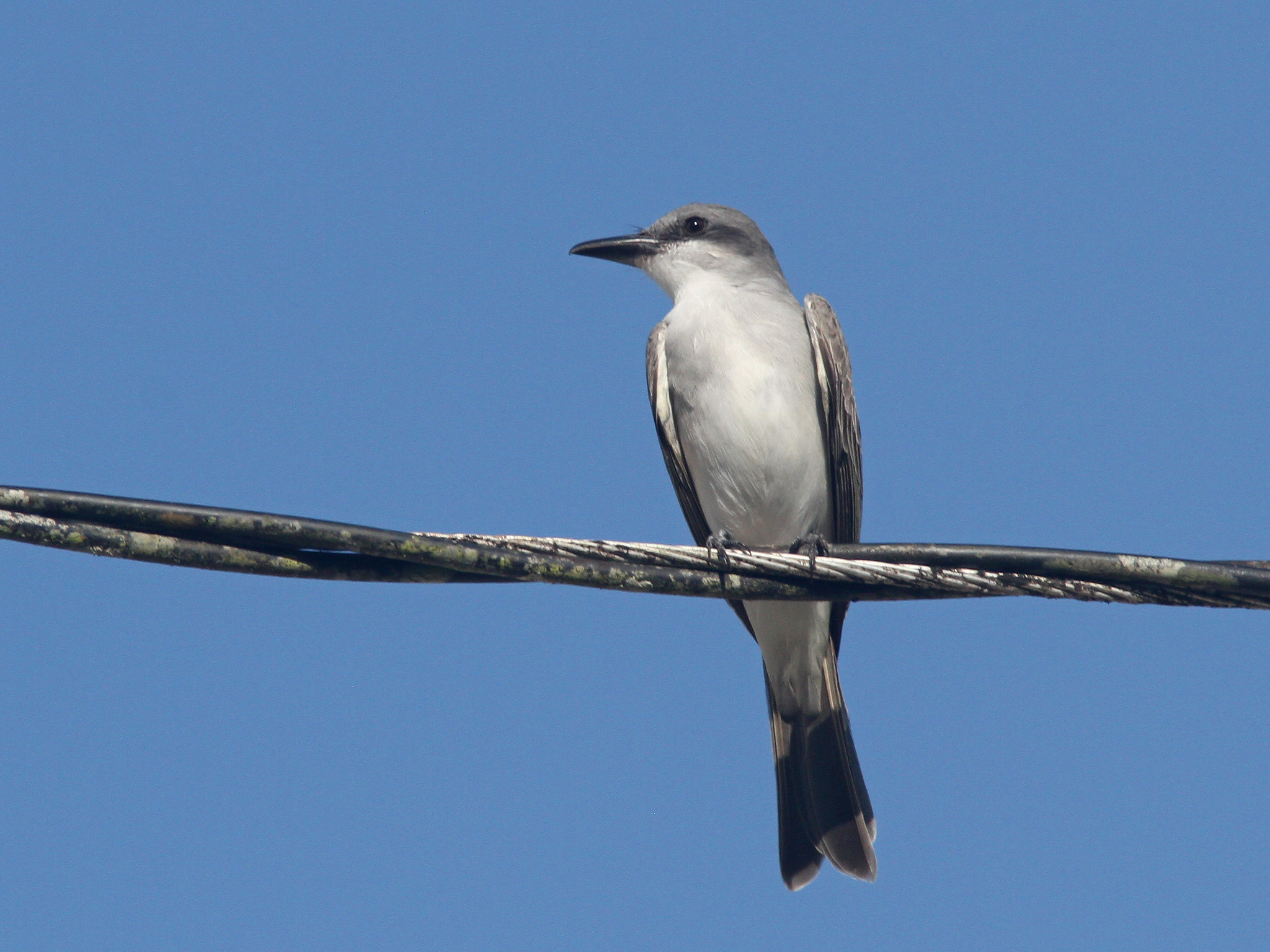 |
| Gray Kingbird, PR 983 at PR 988, Puerto Rico, Dec 2, 2016 |
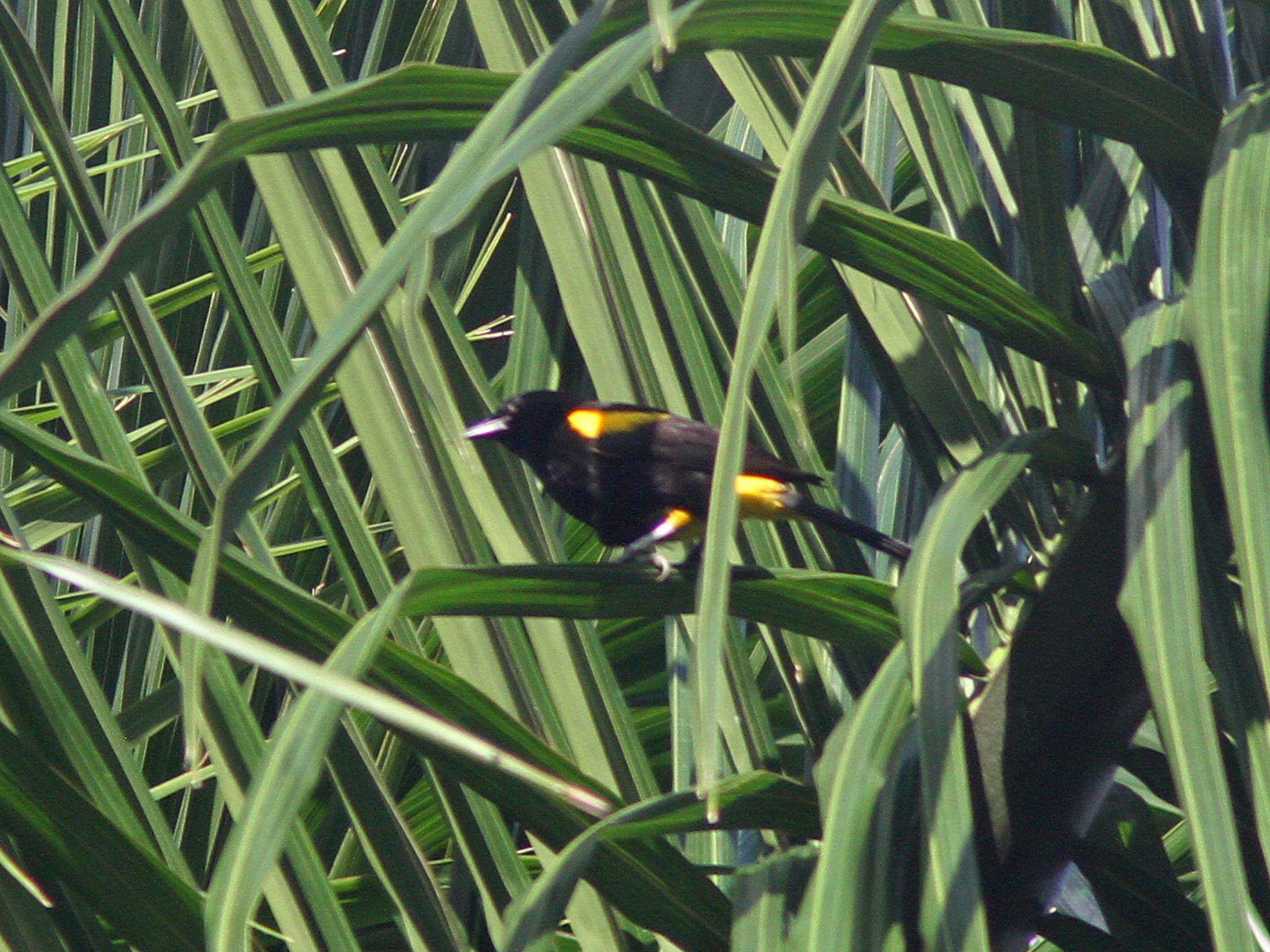 |
| Puerto Rican Oriole, PR 983 at PR 988, Puerto Rico, Dec 2, 2016 |
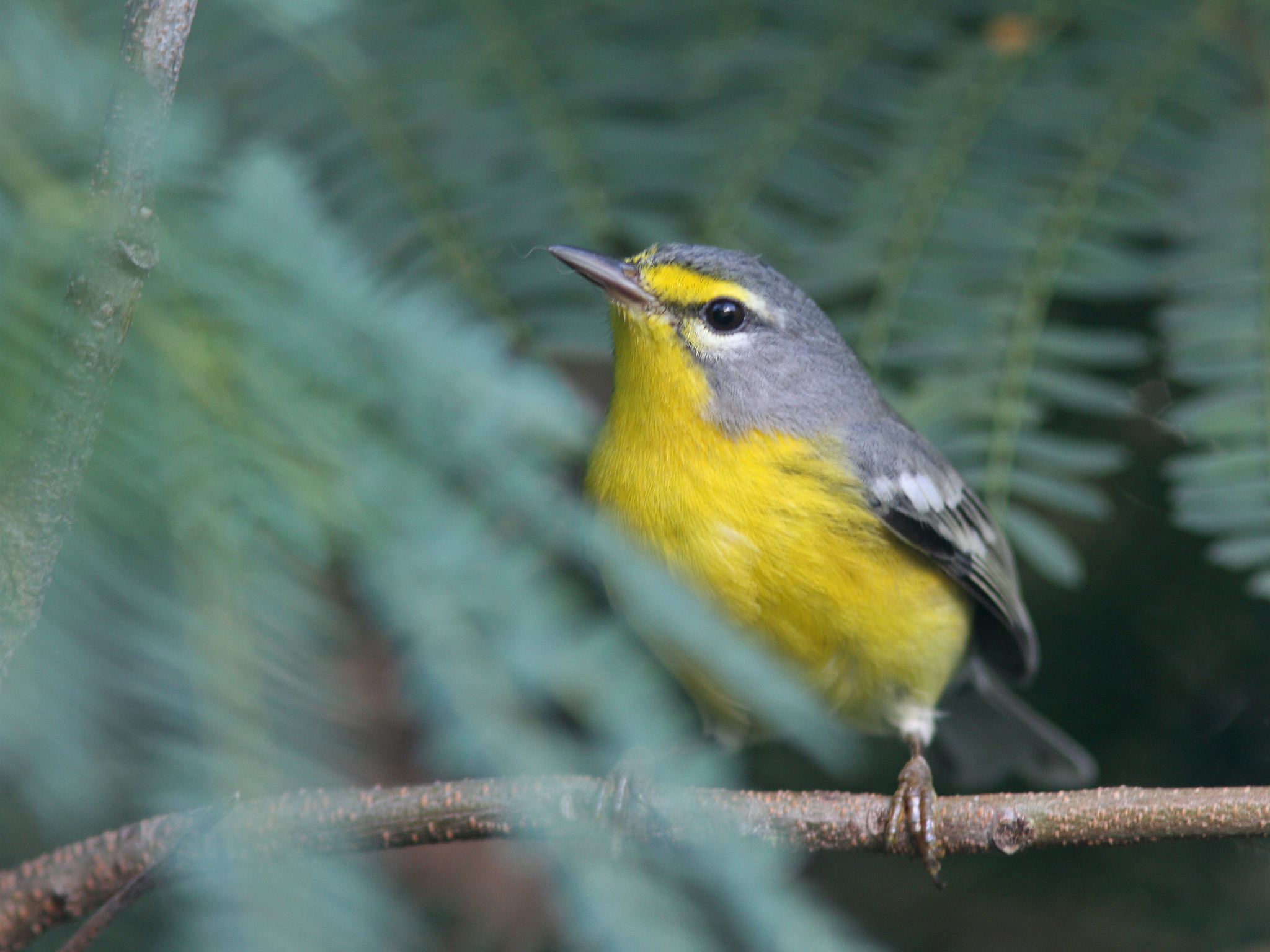 |
| Adelaide's Warbler, Ceiba-Roosevelt Roads Naval Station, Puerto Rico, Dec 2, 2016 |
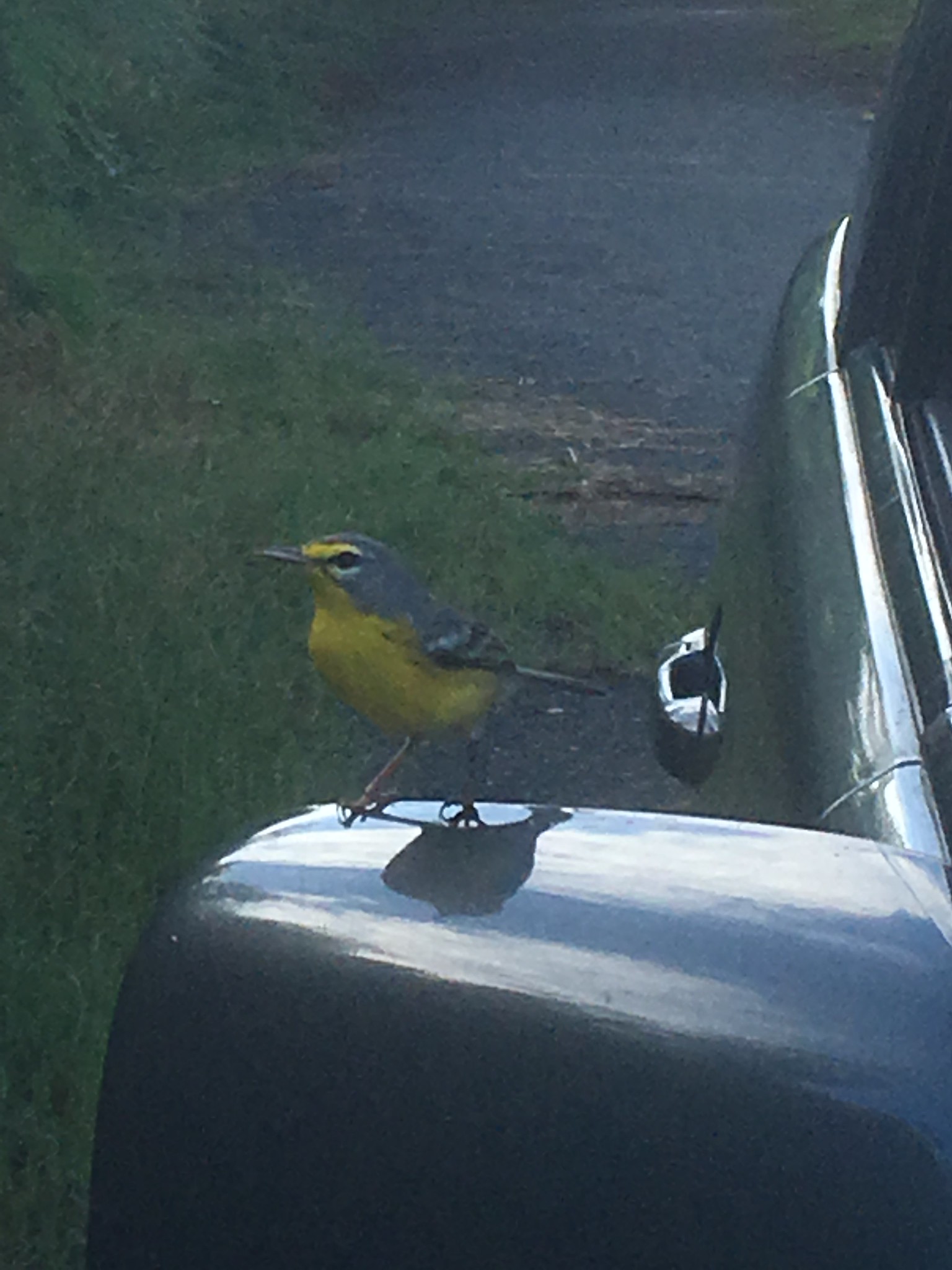 |
| Adelaide's Warbler, Ceiba-Roosevelt Roads Naval Station, Puerto Rico, Dec 2, 2016 |
On my first
full day on the island I hired a guide to explore the El Yunque National Forest
and the old Roosevelt Road Naval Station. Before the guide showed up I added
two more life birds around the Fajardo Inn where I had a few Pearly eye
Thrashers and a group of flyby White winged Parakeets. Once the guide showed up
we hit several spots on the way to El Yunque and I added a pair of Puerto Rican
Flycatcher (E) at a cemetery plus Puerto Rican Oriole (E), Loggerhead Kingbird,
Puerto Rican Tody (E) and Scaly naped Pigeon along the back road into El
Yunque. We finished out the morning in El Yunque and I added five more life
birds including Puerto Rican Tanager (E), Puerto Rican Spindalis (E), Puerto
Rican Lizard Cuckoo (E), Antillean Euphonia and Green Mango. We ran into a few
bouts of rain during the morning but nothing that kept us from seeing most
everything quite well. Despite much effort to track down an Elfin Woods Warbler
we struck out (we might have heard one but it was during some rain and we never
were able to track down the bird). After a quick stop for a late lunch we
headed south the Ceiba and the old Roosevelt Road navy base covering a variety
of habitats and we racked up quite new birds for the trip including White
cheeked Pintail, Black faced Grassquit, Bronze Manakin (introduced) and my first
new warbler for the trip...Adelaide's Warbler. We heard quite a few of them but
my first look at the bird was an individual that came right to the car when we
stopped as it fought with reflection in the mirror. The bird was just too close
to use the good camera most of the time and decent shots could be easily
obtained with the iPhone camera. We finished the day trying to track down a few
more target birds but we had no luck. Overall we had a total of 68 species for
the day which I was quite happy with. The area near the old base looks so good
for a number of species but sadly I noted a high number of feral cats in the
area and sadly I'm sure many birds meet their end here.
 |
| Elfin woods Warbler, Bosque Estatal de Maricao, Puerto Rico, Dec 3, 2016 |
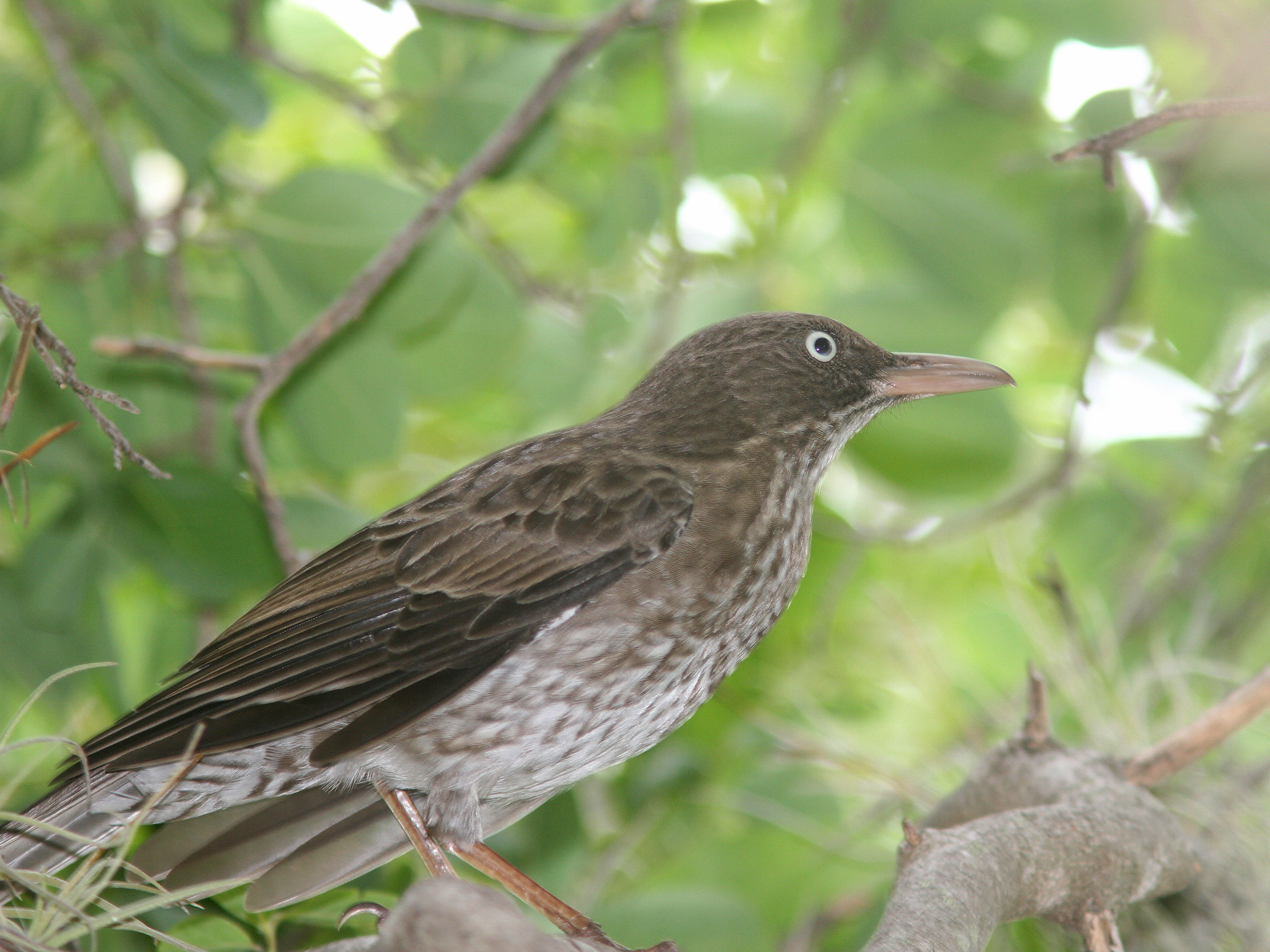 |
| Pearly eye Thrasher, Guanica Forest (Bosque de Guánica), Puerto Rico, Dec 3, 2016 |
 |
| Looking south from Bosque Estatal de Maricao, Puerto Rico, Dec 3, 2016 |
On Saturday I
left bright and early from Fajardo to make the long drive out to the west coast
of the island with a few stops along the way. My first stop of the morning was
down to Guanica where I hiked around for a bit and had some more good looks at
some island specialties but I did't add any new species there. Once I was done
there I had to decide if I wanted to try my luck heading to the southwest coast
to look for shorebirds and waterfowl or head for the mountains instead. I
thought the coast might be too crowded and the road into some of the areas too
muddy to attempt so I headed up the long and winding road to Maricao. It
appeared that I made the right decision when I stopped at a picnic area known to
have some Elfin woods Warblers (E) at times. I immediately ran into a group of
birds that produced a few warblers (Black and White and Black throated Blue
Warblers and then I heard an Elfin woods Warbler calling and then saw it along
with at least two others. I got a few marginal photos but I was super happy to
catch up with another new warbler species for the trip and one that is quite
rare (an endemic species too). I added another life bird at the picnic spot
with a calling Lesser Antillean Pewee (a Puerto Rican subspecies that may be a
separate species). After another long and winding road down the mountain I made
it up to my cottage outside Mayagüez late in the afternoon and I added two more
species during a short walk around the property...a pair of Puerto Rican Vireos
(E) and Antillean Mango (E). Once the sun went down I had a Puerto Rican
Screech Owl calling (E) plus a bunch of frogs.
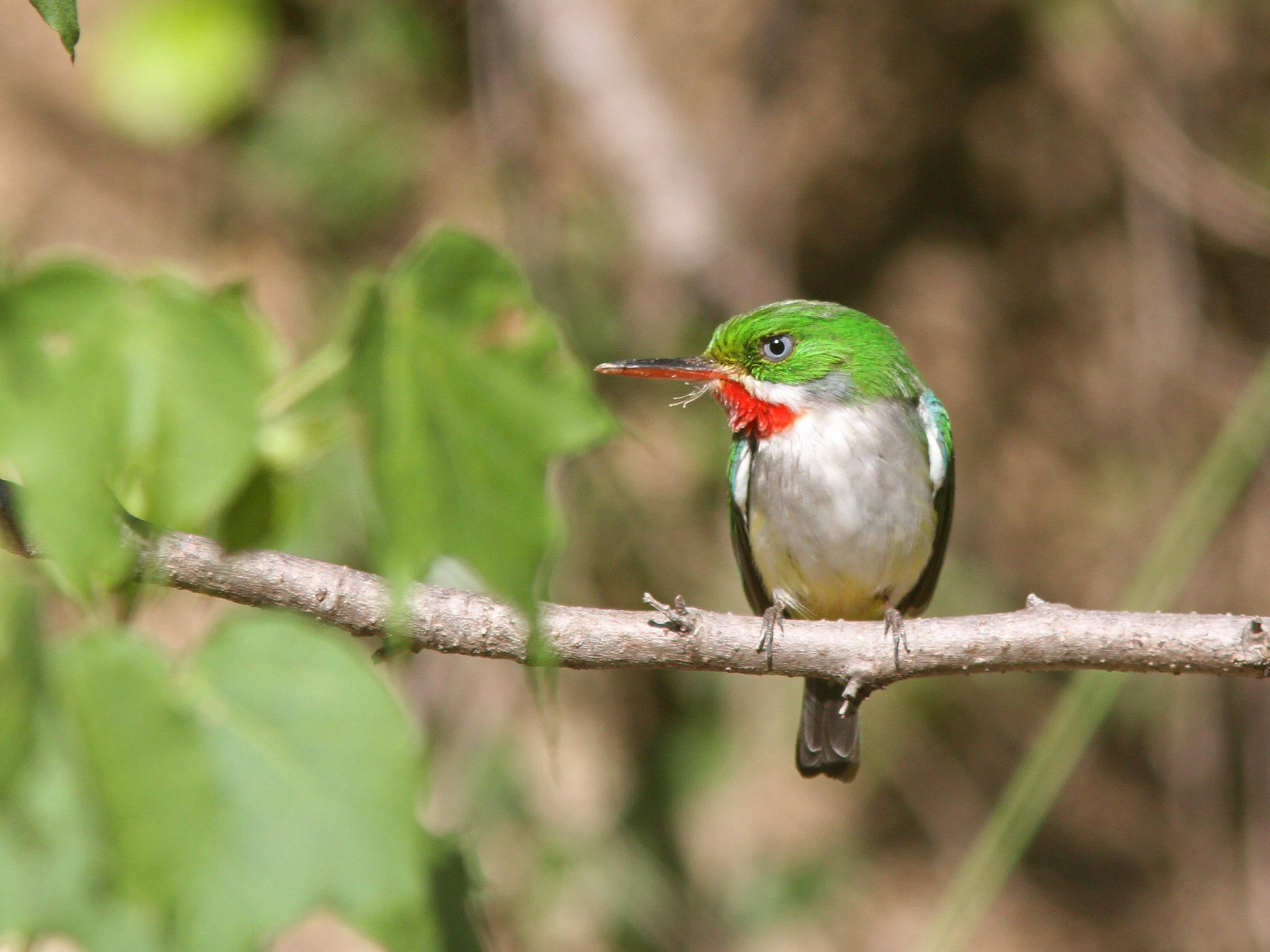 |
| Puerto Rican Tody, Bosque Estatal de Maricao, Puerto Rico, Dec 4, 2016 |
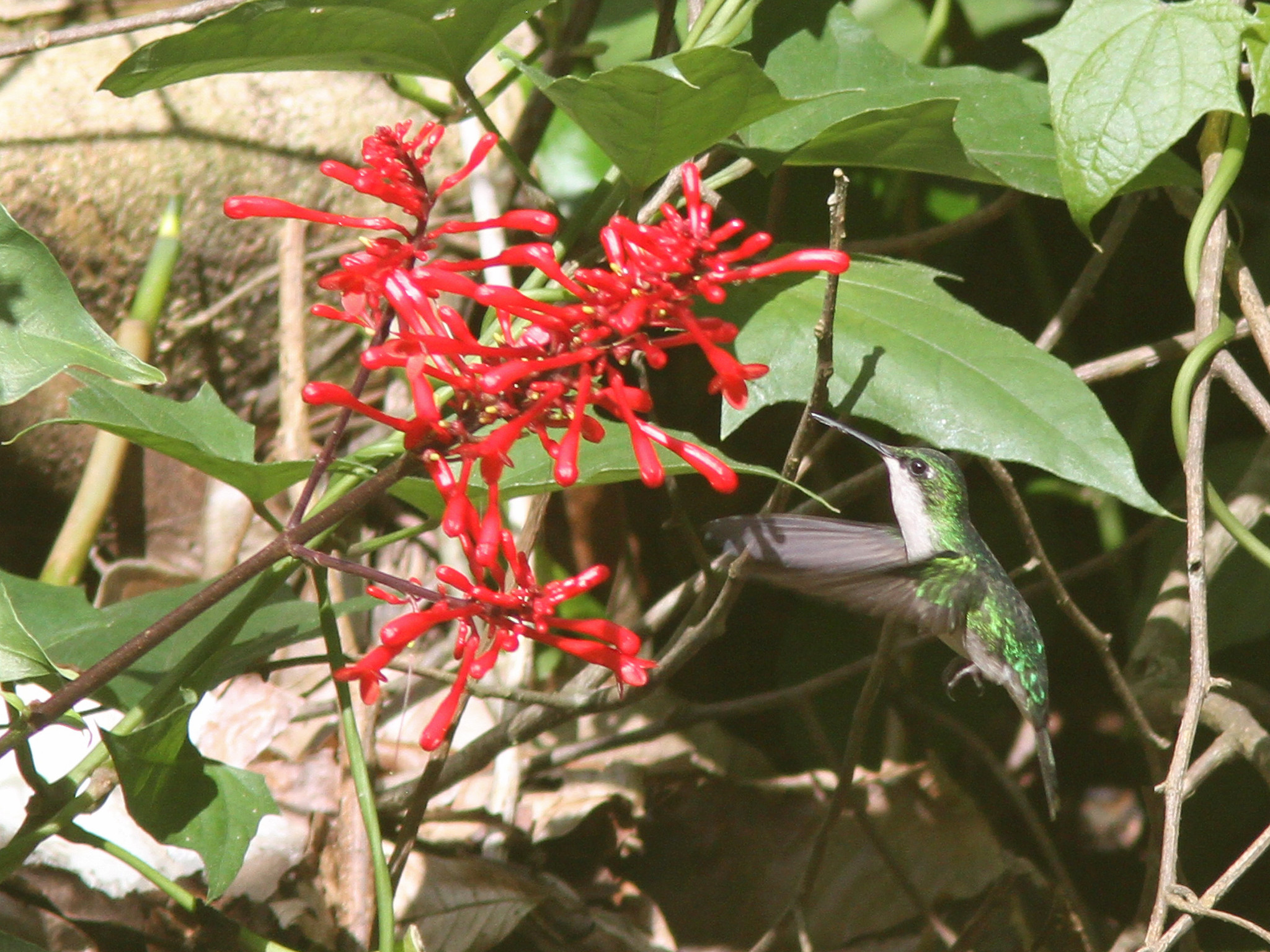 |
| Puerto Rican Emerald, Bosque Estatal de Maricao, Puerto Rico, Dec 4, 2016 |
 |
| Puerto Rican Woodpecker, Bosque Estatal de Maricao, Puerto Rico, Dec 4, 2016 |
 |
| Prairie Warbler, Cabo Rojo NWR, Puerto Rico, Dec 4, 2016 |
 |
| Black necked Stilt, Cabo Rojo NWR, Puerto Rico, Dec 4, 2016 |
 |
| Black necked Stilt, Cabo Rojo NWR, Puerto Rico, Dec 4, 2016 |
 |
| Venezuelan Troupial, La Parguera, Puerto Rico, Dec 4, 2016 |
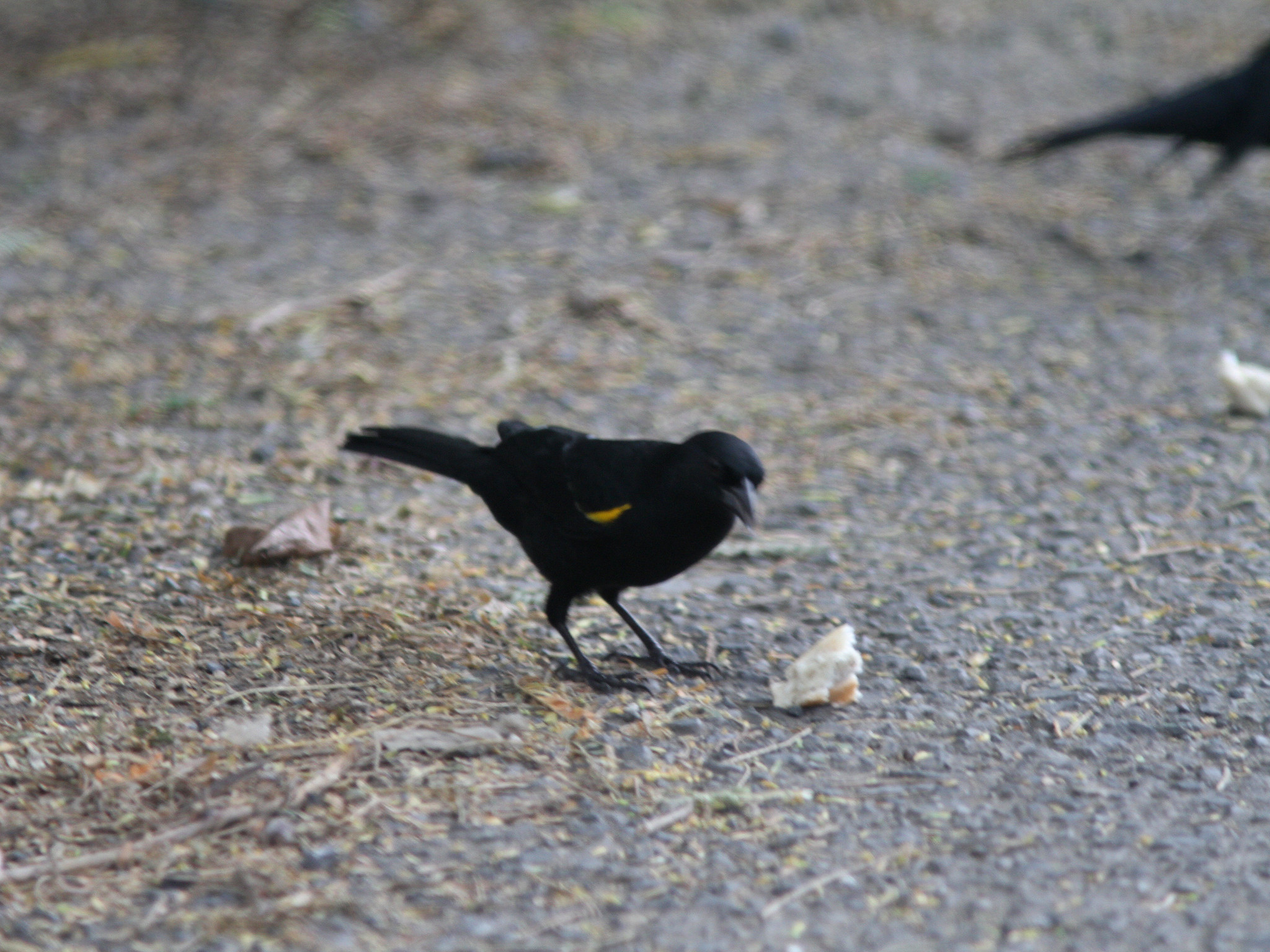 |
| Yellow shouldered Blackbird, La Parguera, Puerto Rico, Dec 4, 2016 |
My final full day and
my second with a guide started with a visit to the area in and around Maricao. Our
primary target for that area was the endangered (and endemic) Puerto Rican
Parrot and it took us a lot of looking before we finally ran across a group of
four and a bit later another single bird. I was not able to get any photos but
we did see them flying away from us plus lots of vocalizations. We also ran
across a few more Elfin woods Warblers as well as other endemics I had seen the
day before. We dodged a number of rain showers during our time in the mountains
and somehow managed to not get caught outside in any downpours.
Our
next stop brought us down to the south coast with an mid afternoon stop around
La Paguera where we had a few coastal species as well as a few Yellow shouldered
Blackbirds after lots of looking around the town. We also found our first Venezuelan Troupials and Indian Silverbills (both introduced species).
Some heavy rain showers
came in as we continued along the coast heading towards Cabo Rojo but thankfully
missed us at the crucial time right before sunset and we were treated to a
spectacular double rainbow and a fantastic sunset as loads of shorebirds and
waders enjoyed the mudflats as hundreds of swallows wheeled overhead and dozens
of Prairie Warblers moved past. Despite much effort to find a Puerto Rican
Nightjar we didn't have any luck. We ended our day after the sunset and we
started the drive back to Mayaguez. We arrived at the mall where I dropped off
my car in the morning and were rewarded with another new bird as we had an
Antillean Nighthawk calling overhead (very few hang around the island during winter). I was starving at this point so I grabbed
some food and as I started eating I got a text from owner of the cottage I was
staying at saying the power was out due to a tree falling across the road and
they were not sure if power would be restored any time soon....not a great way
to end the day as no power (and no a/c) for the night didn't sound good at all.
I decided to make the drive back to see what the status was before booking
another nearby hotel. I arrived and the road was blocked as they worked on
restoring power. As it looked like I was not getting back in any time soon I
decided to head south to try once again for Puerto Rican Nightjar and I had
better luck this time scoring a second nightjar species for the day and finding
the last endemic species for the island! I finally made it back to the cottage
around nine and the power was restored and the A/C was working again!
I woke up fairly early on Monday to make the long ride to the
airport and before leaving the cottage I had a screech owl calling once again.
As I started my journey north on Rt 2 I followed up in a tip from my bird guide
about a family West Indian Whistling Ducks which I had brief views of through
the vegetation....adding a final lifer for the trip.
As mentioned above I
found all seventeen endemic species on the island and got photos of many of
them. In addition I had a number of Caribbean specialties that occur in just a
handful of other locations. Overall for the trip I found a total of 97 species
with 35 of them being life birds bringing my life total to 1243. A very successful trip as far as I'm
concerned and a nice reprieve from the cold of early winter back at home. It
was a nice warm up to come additional tropical trips to come this
winter.
